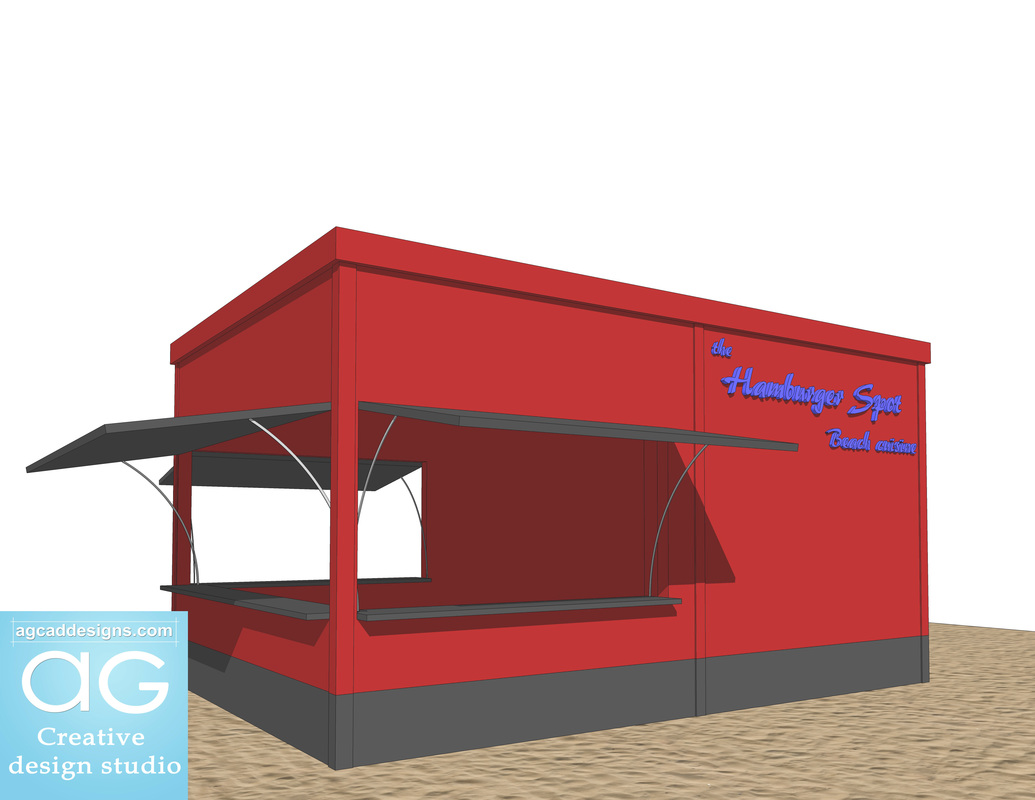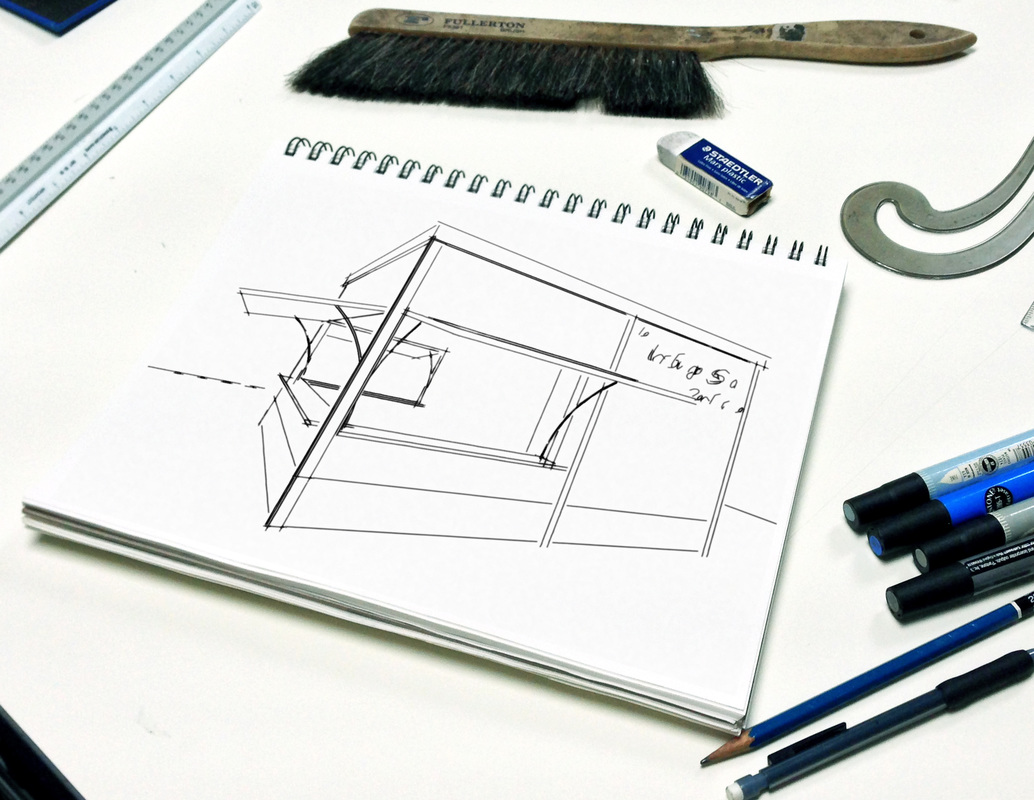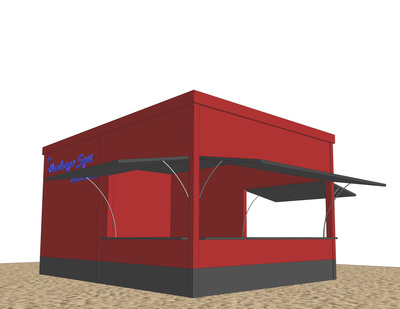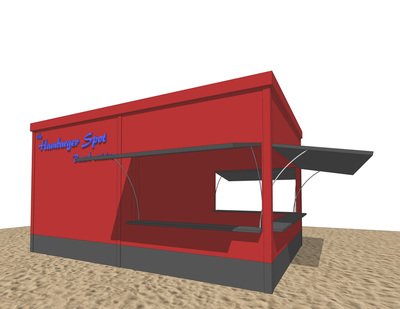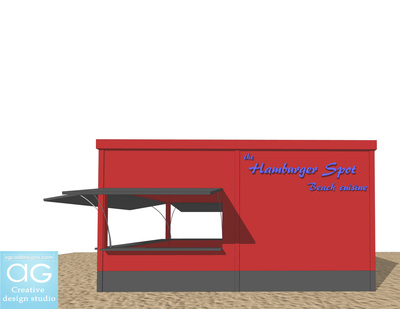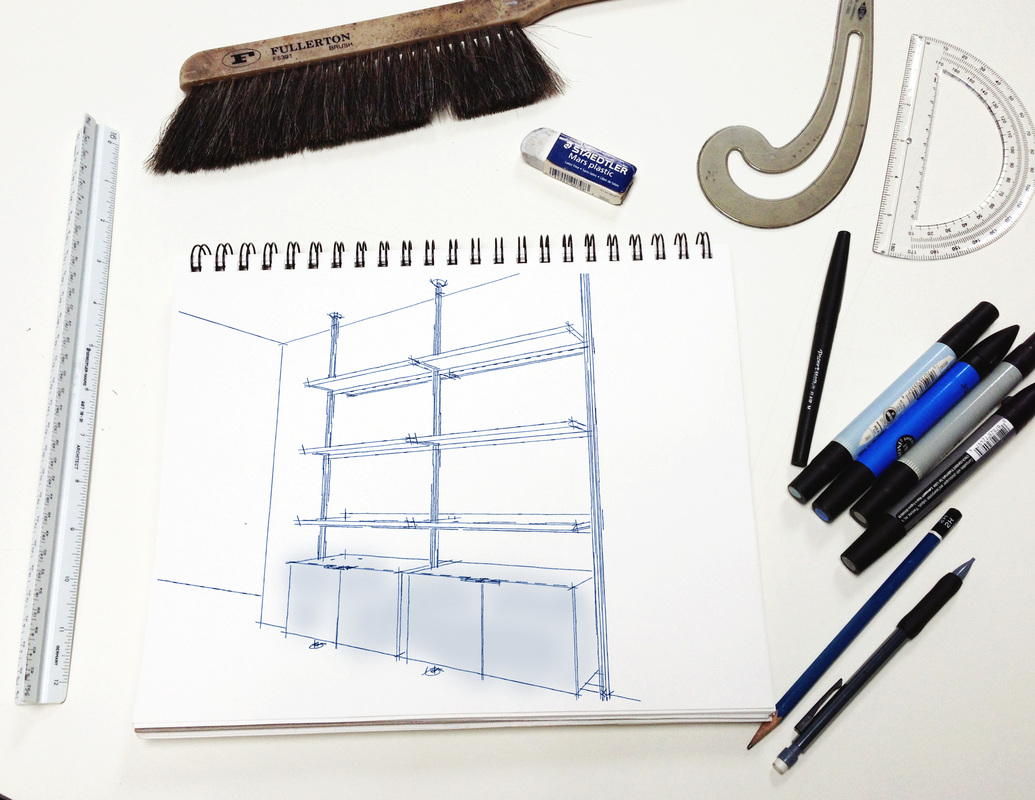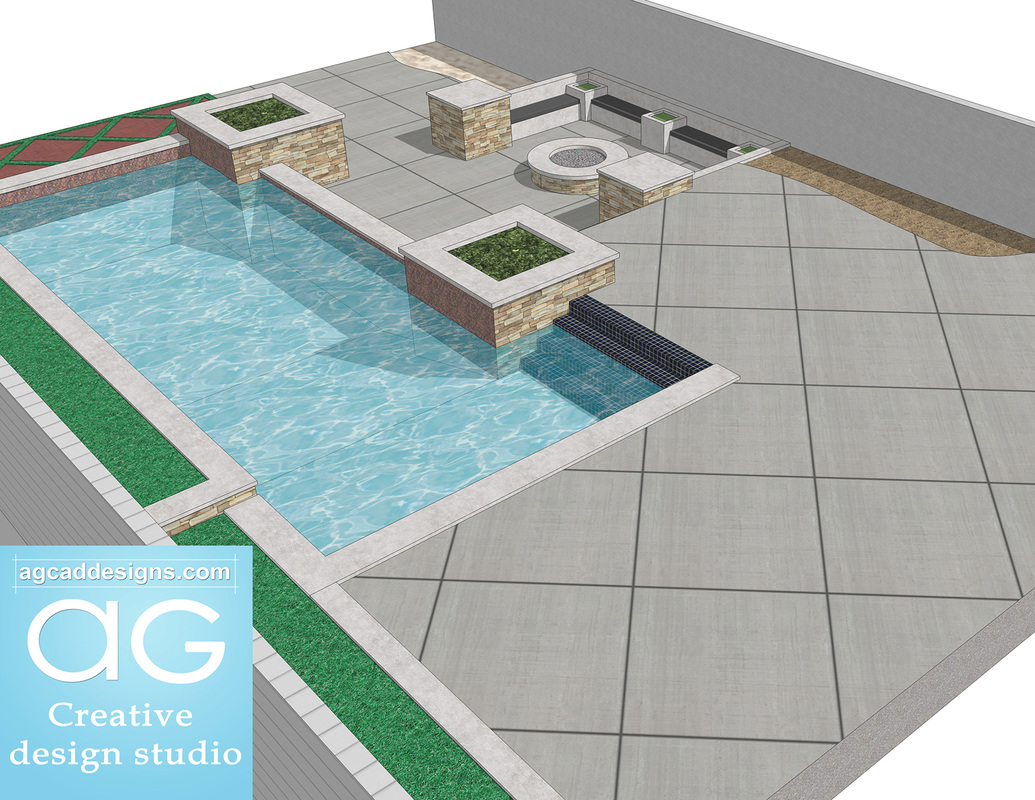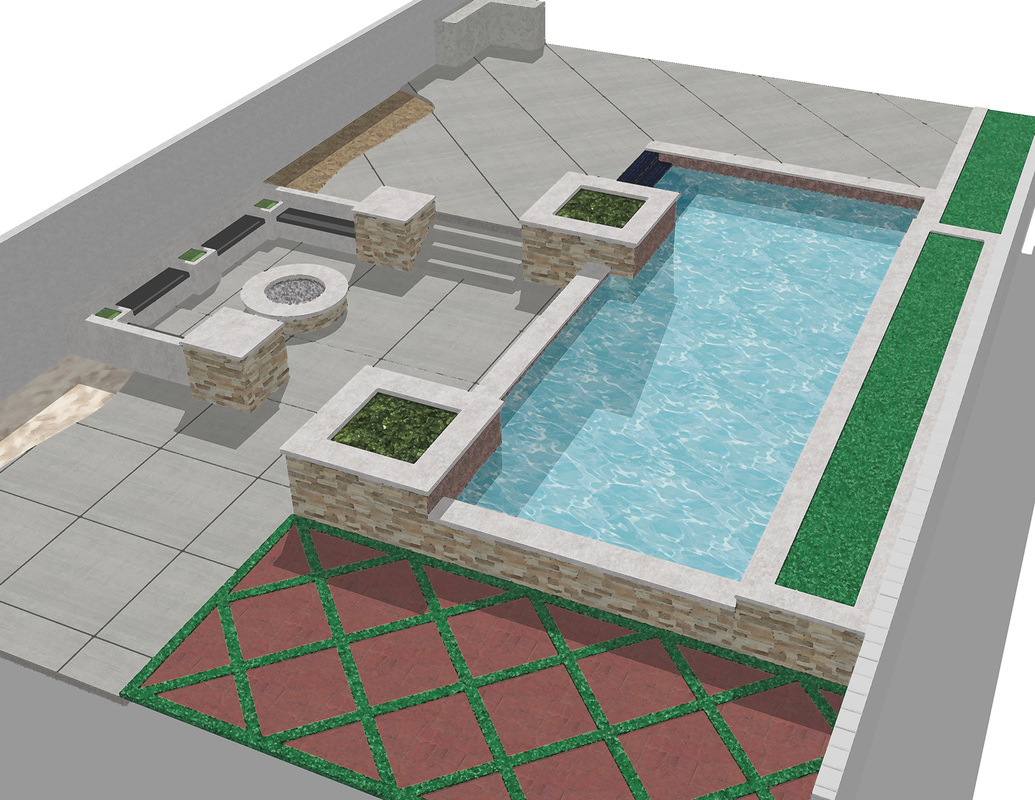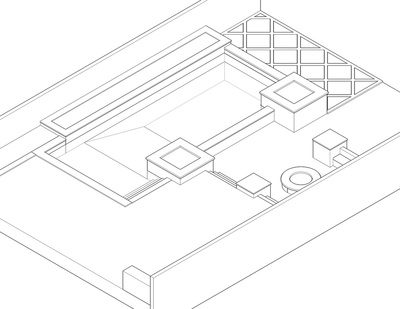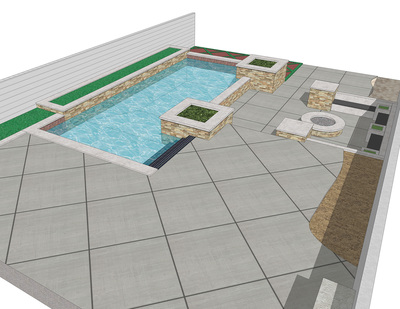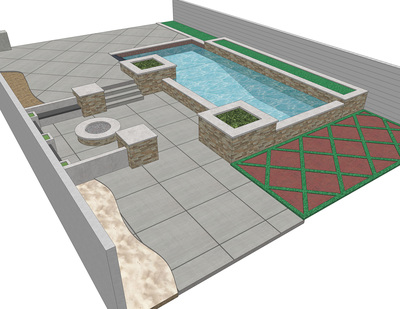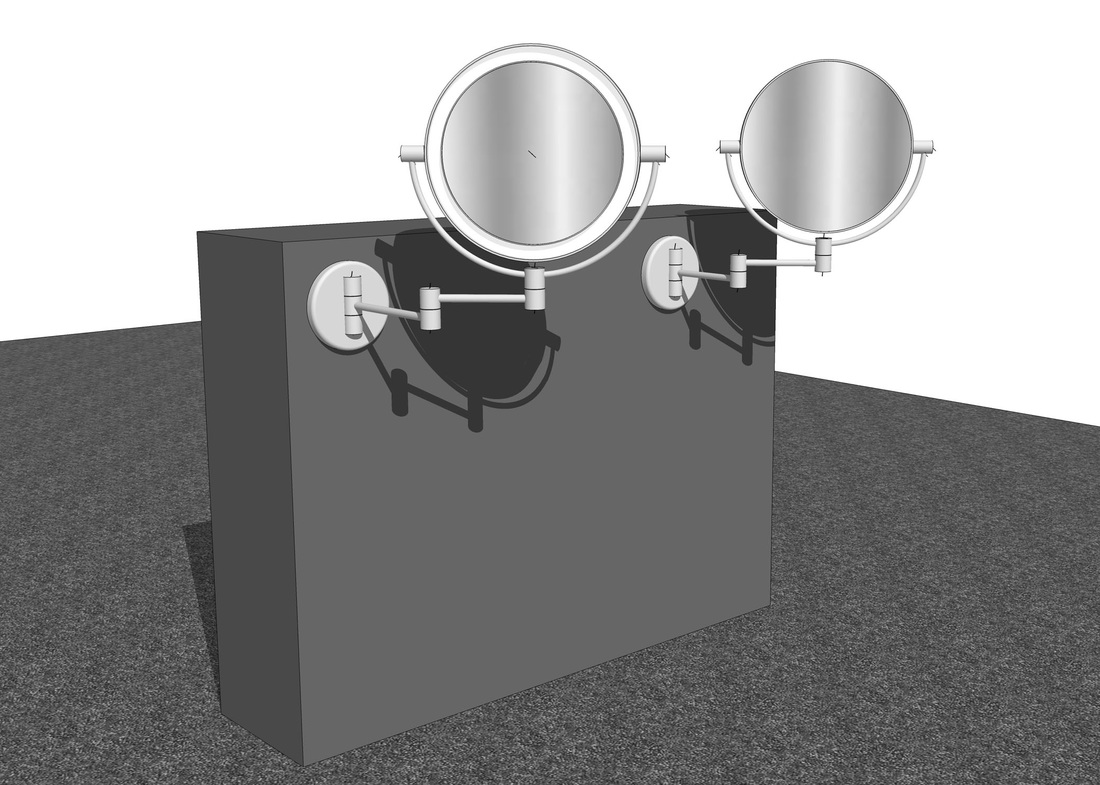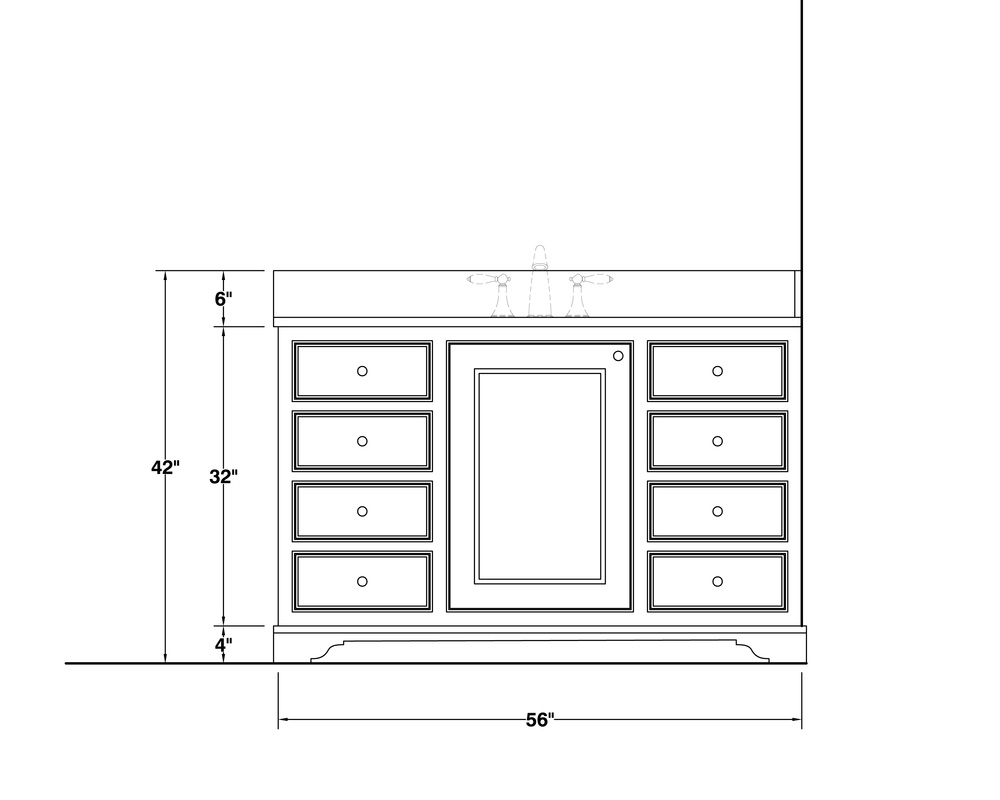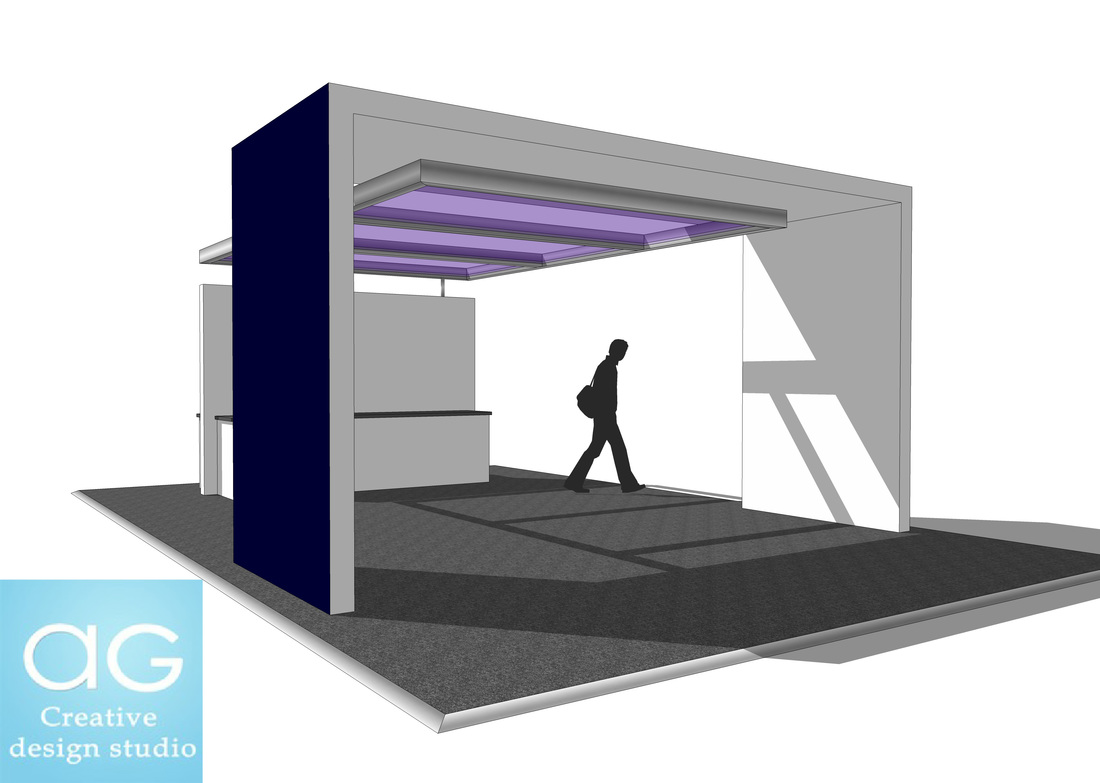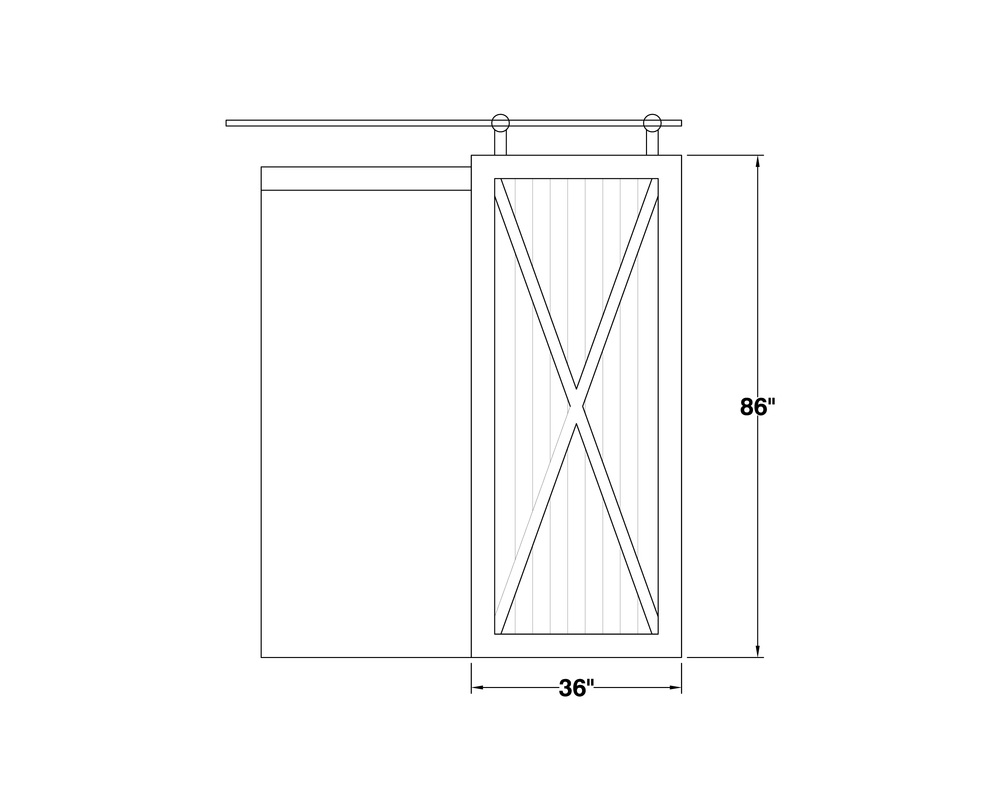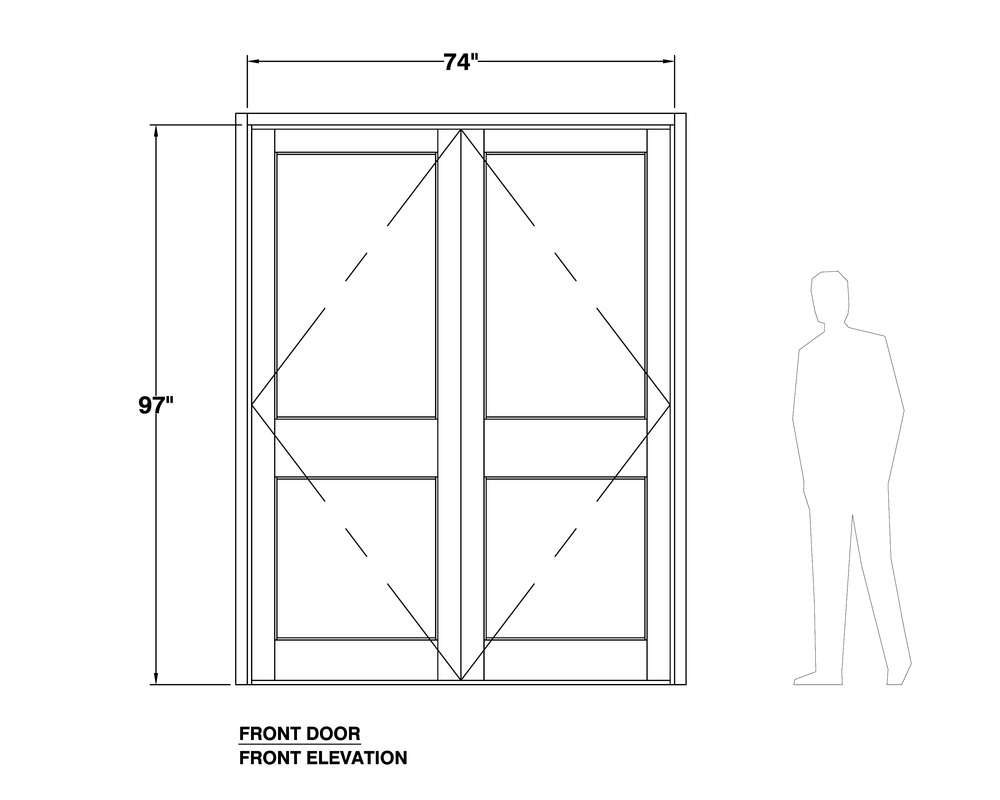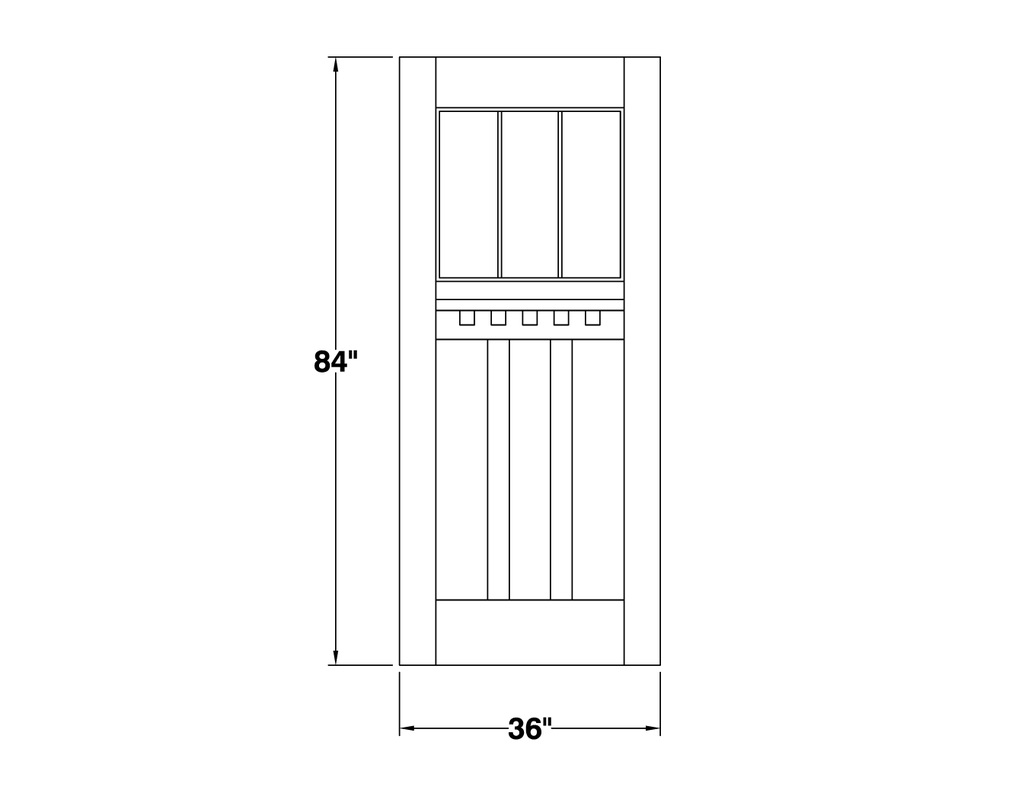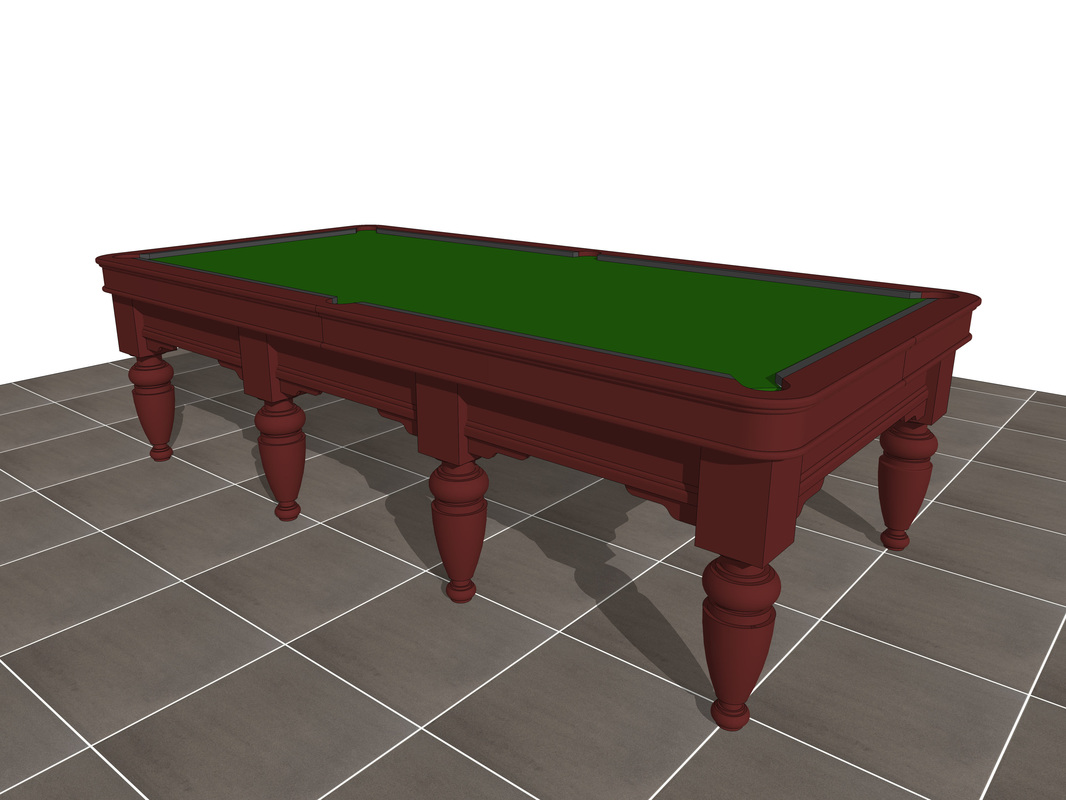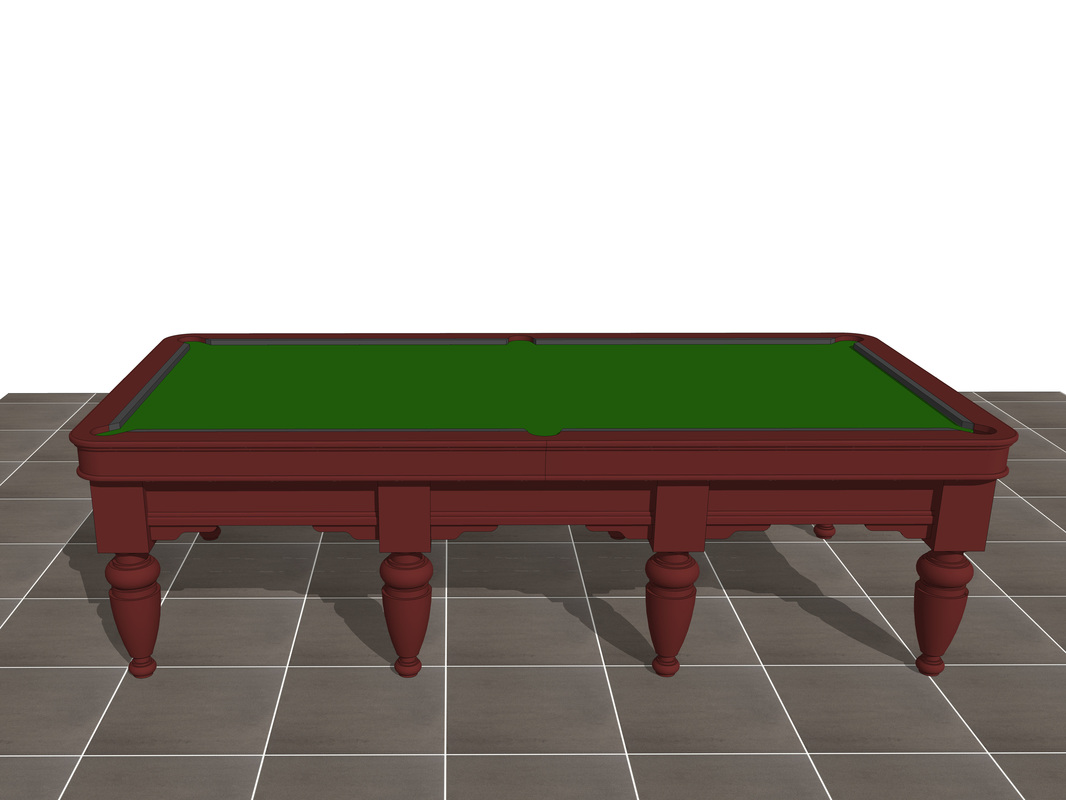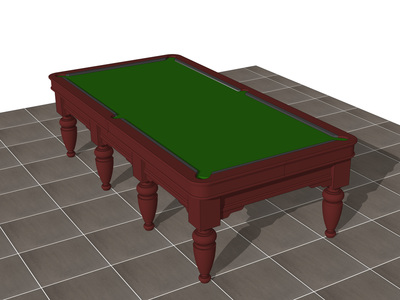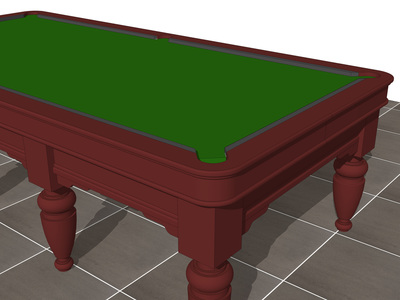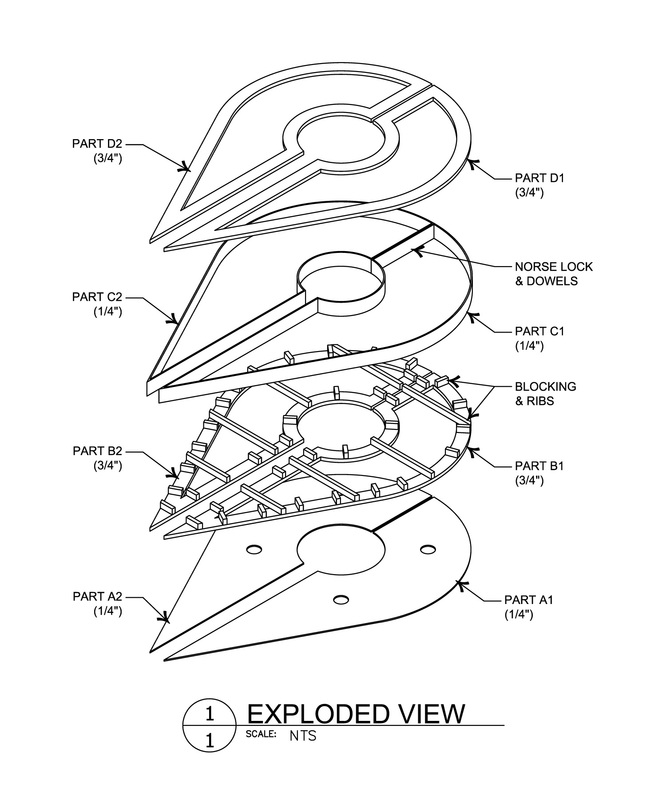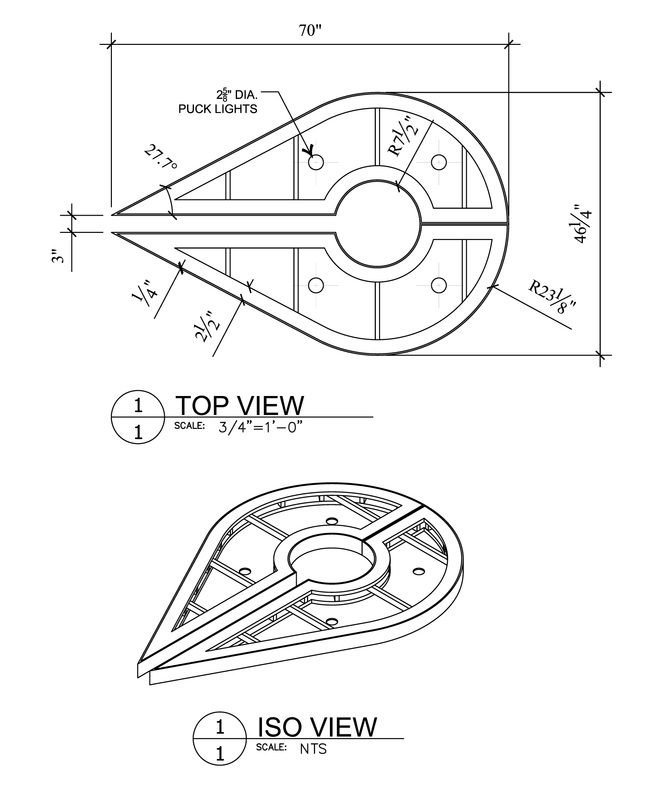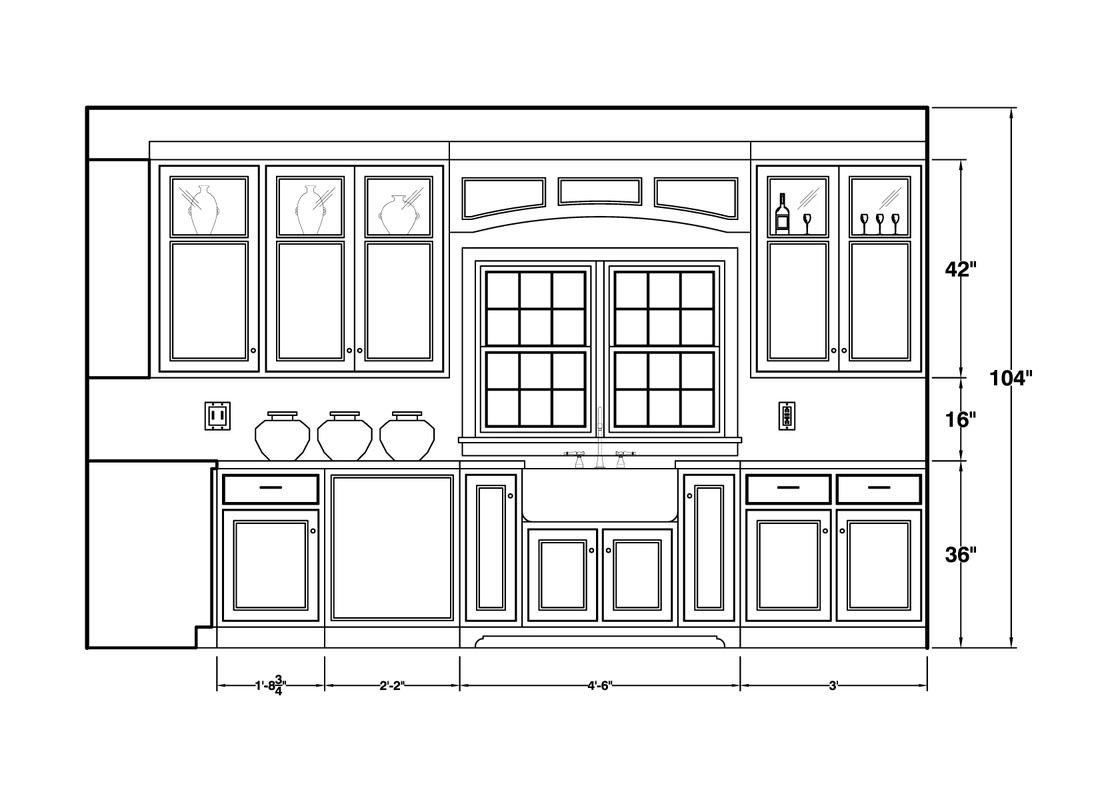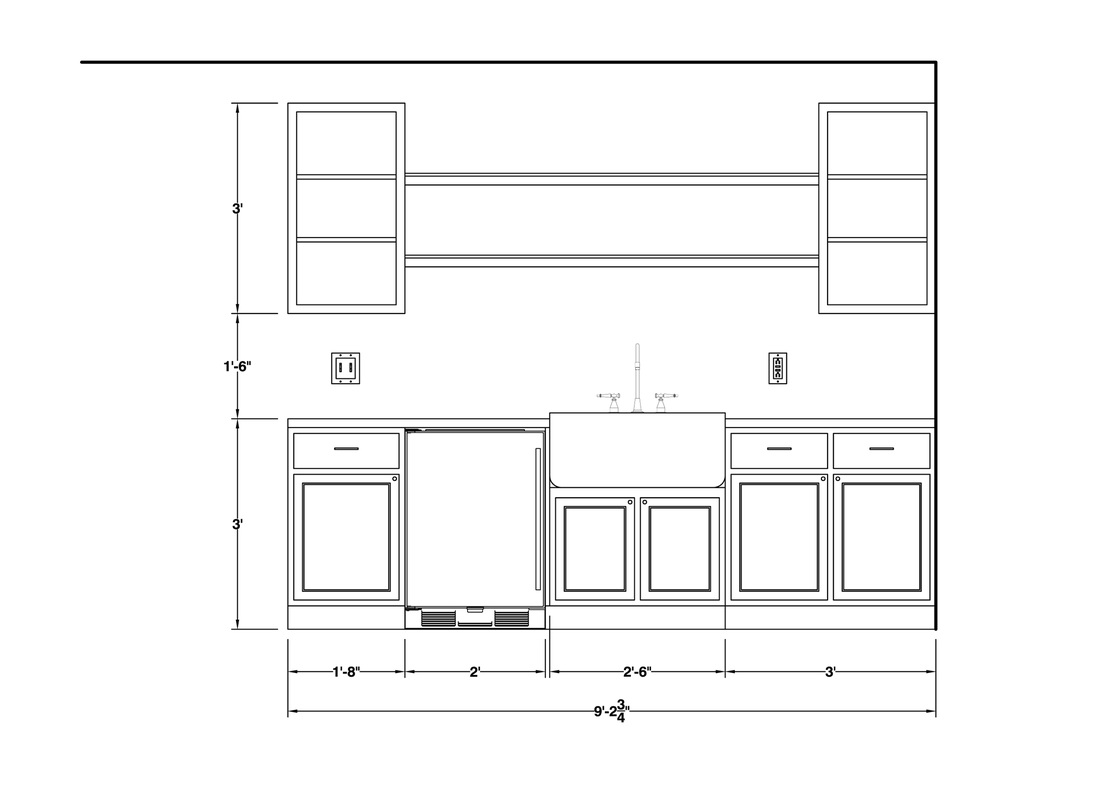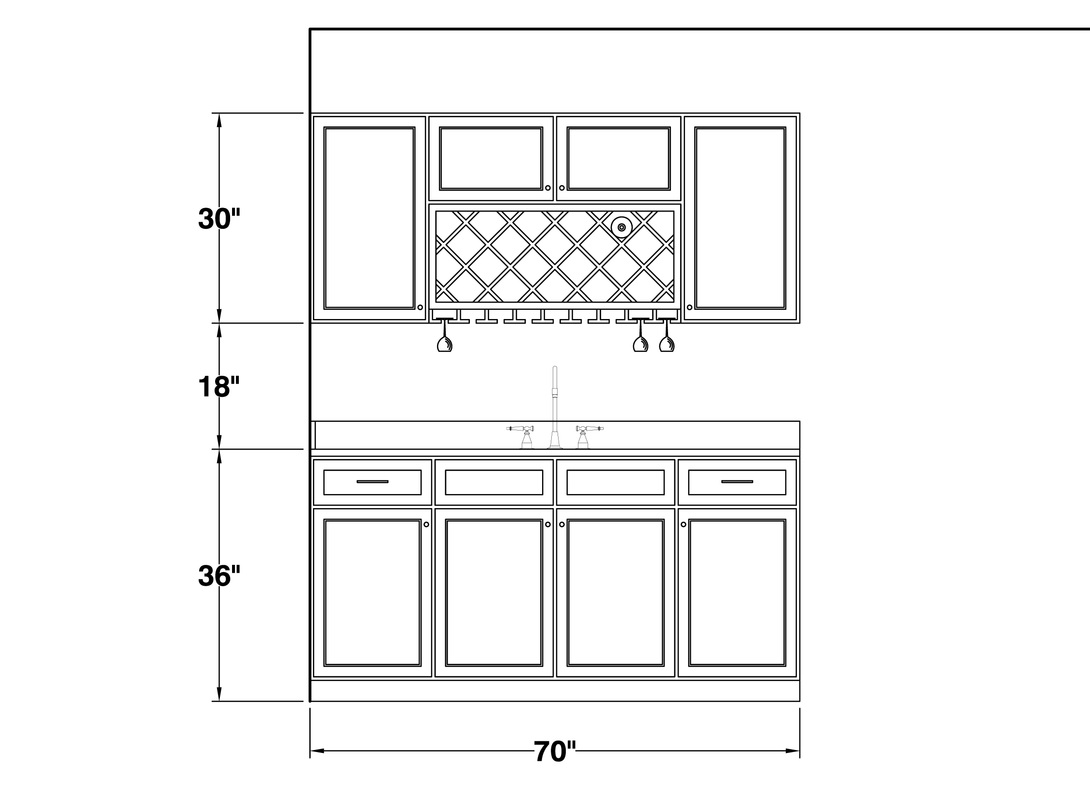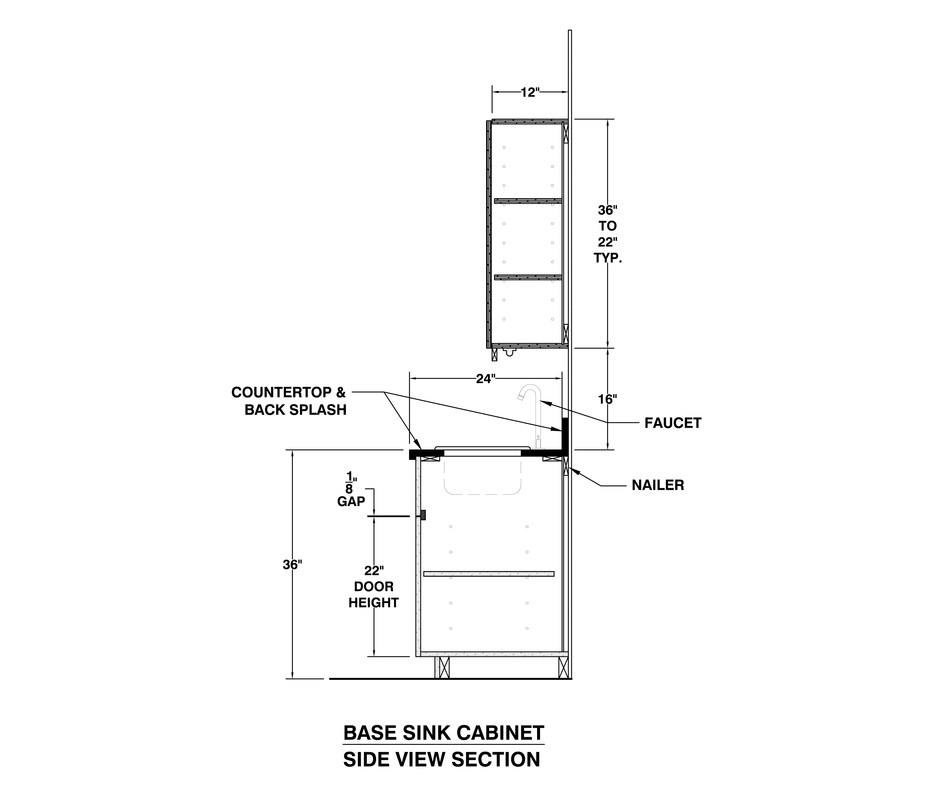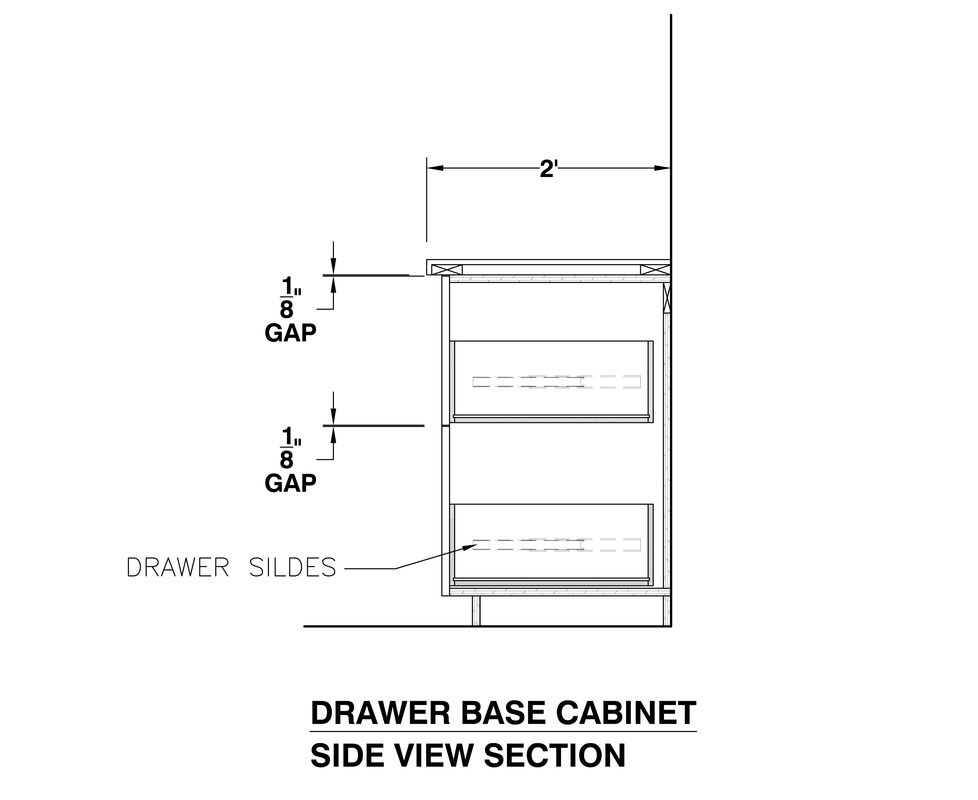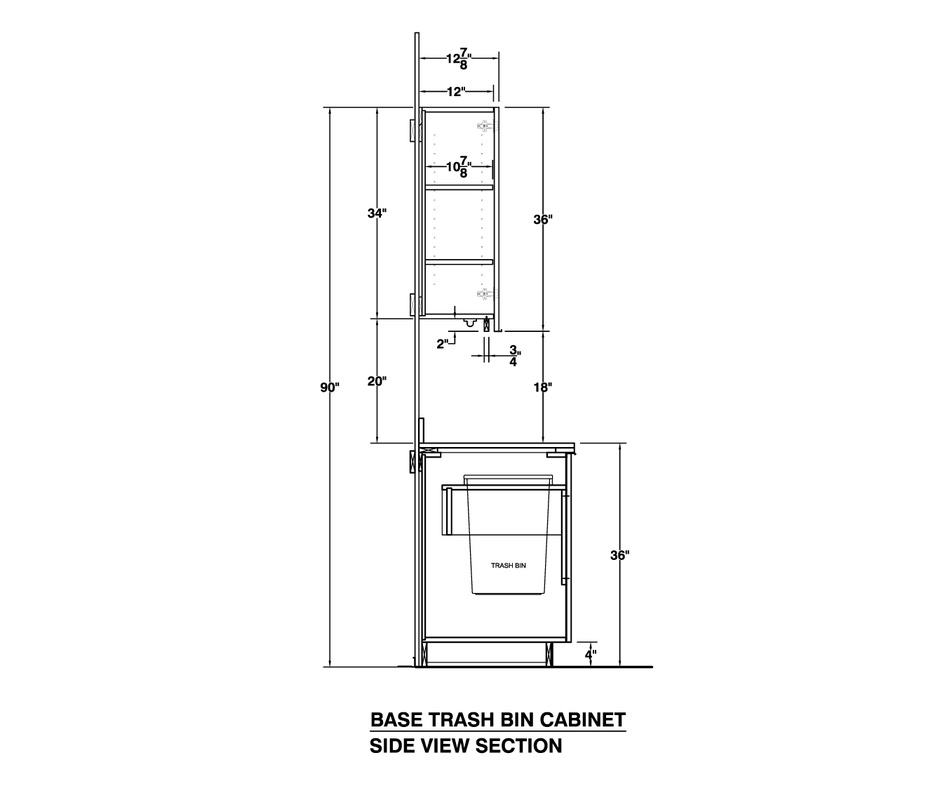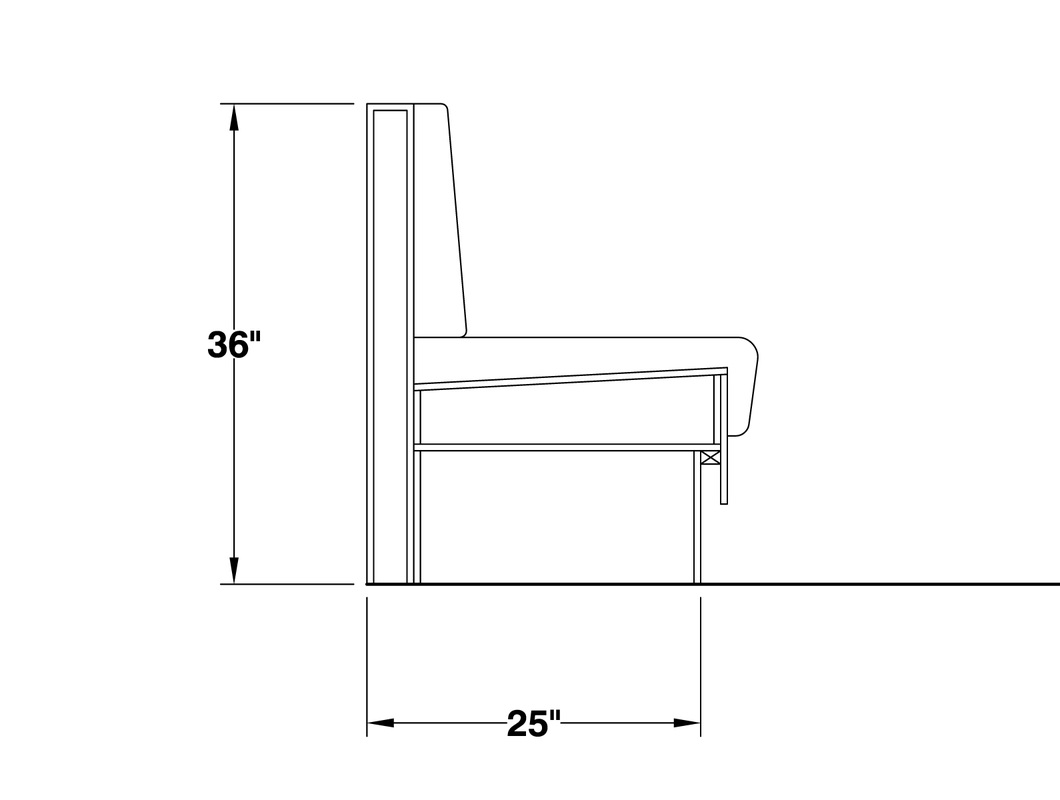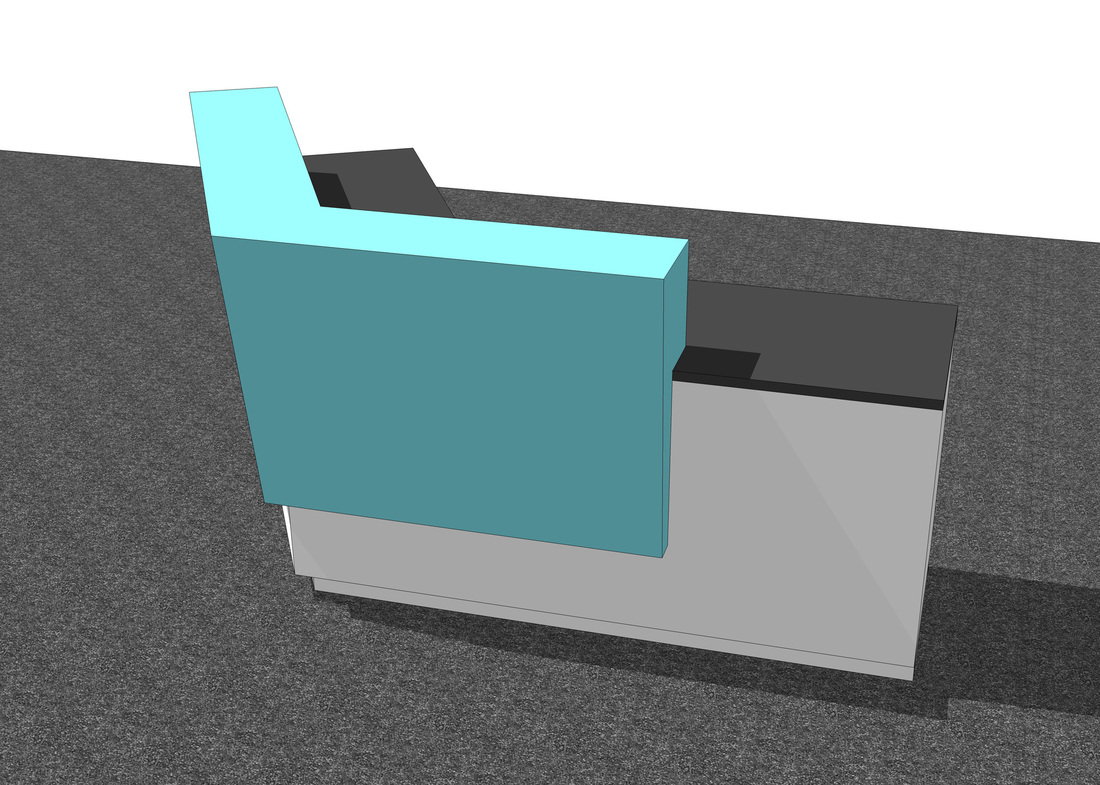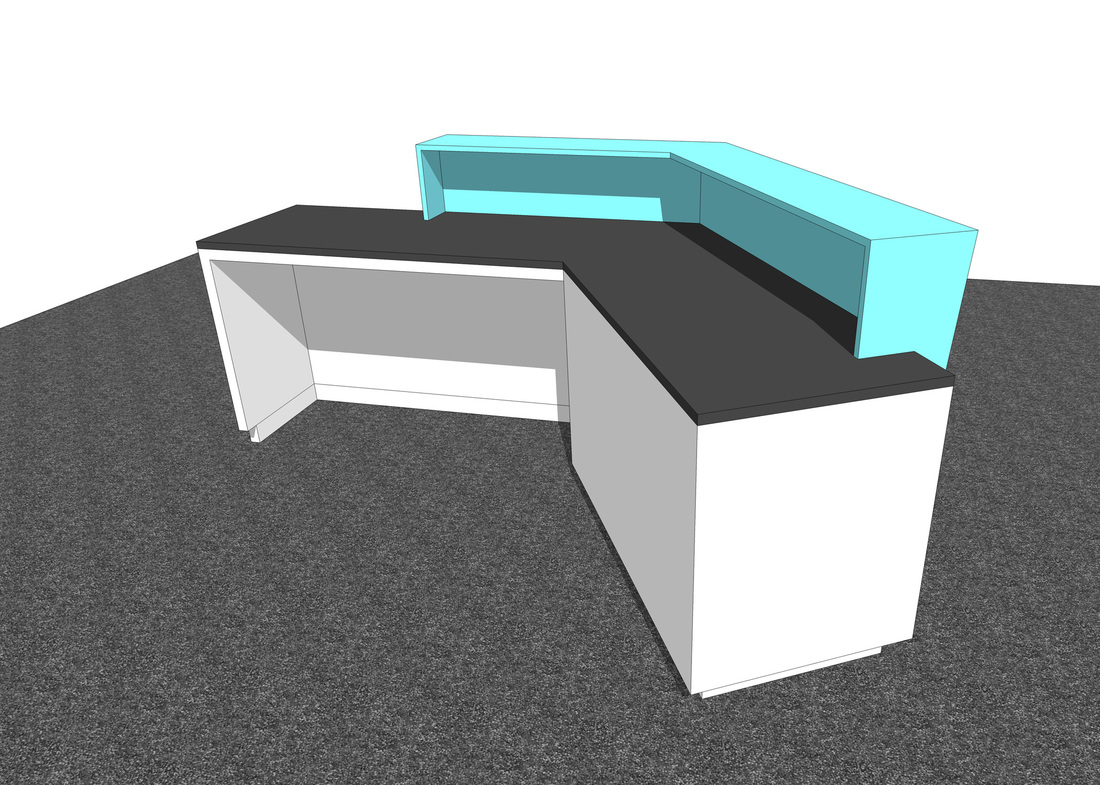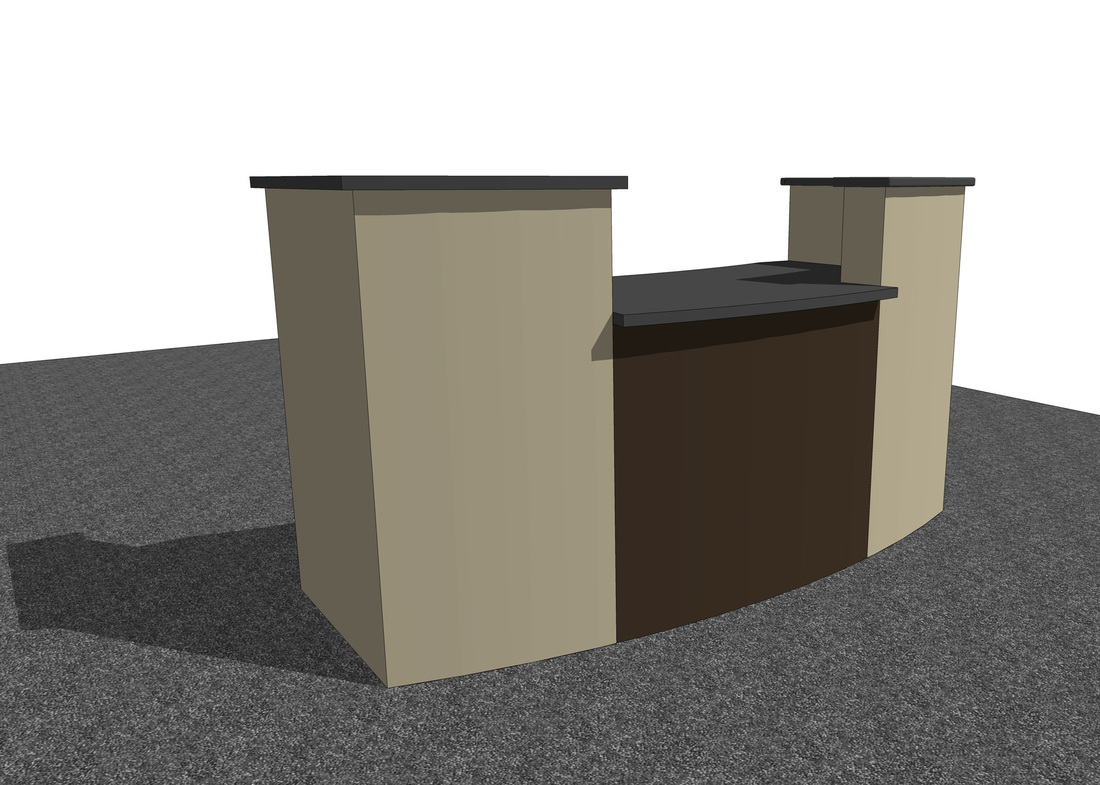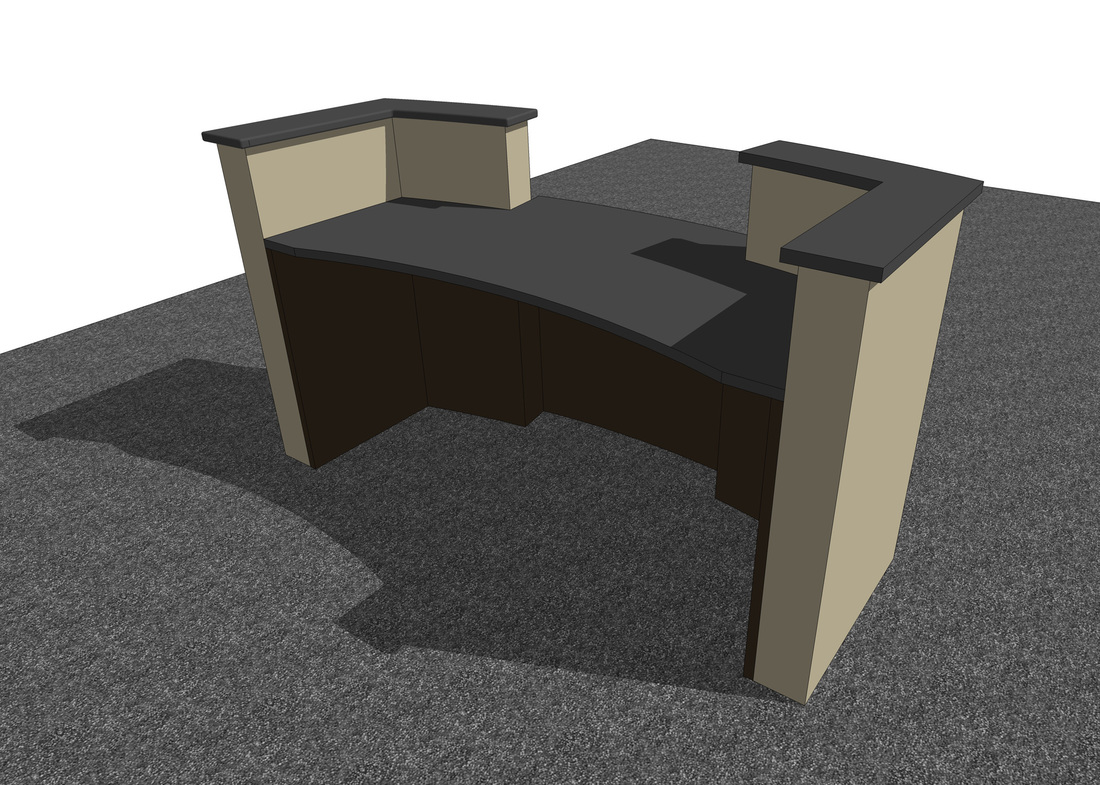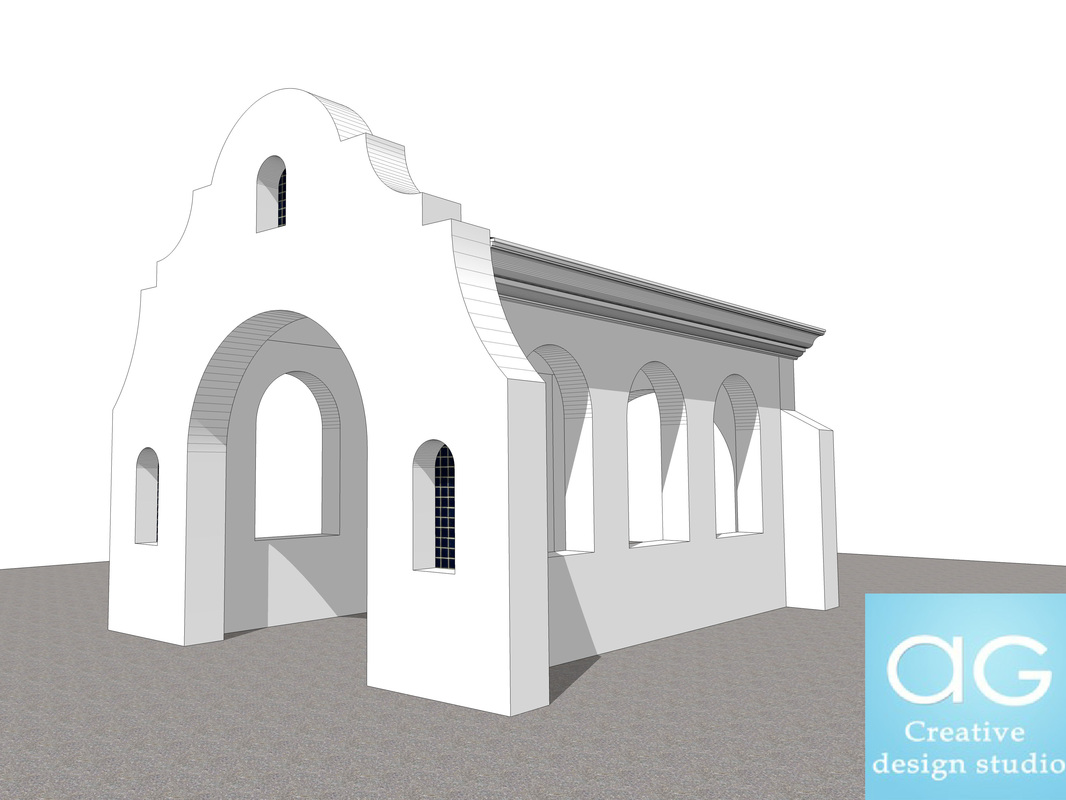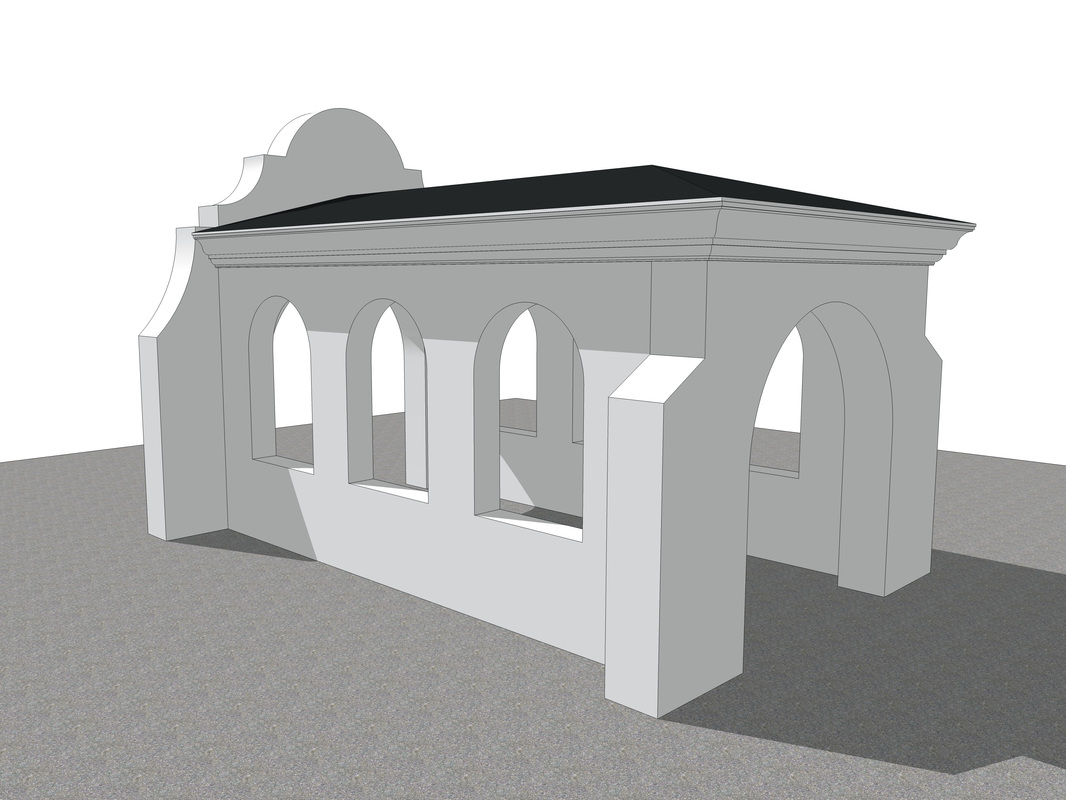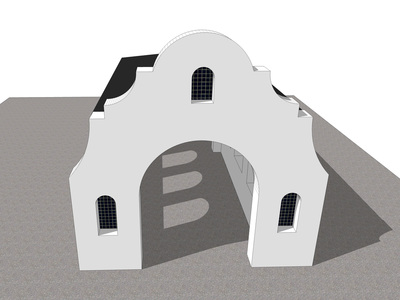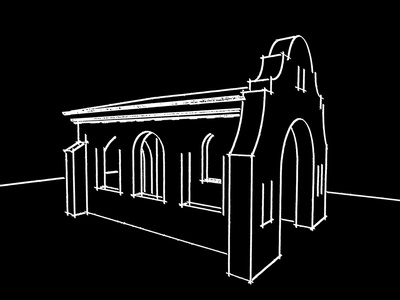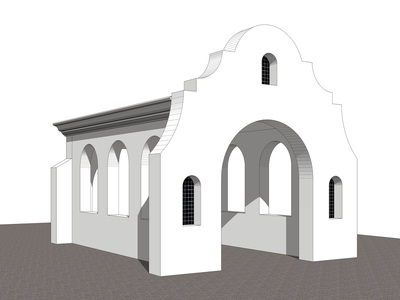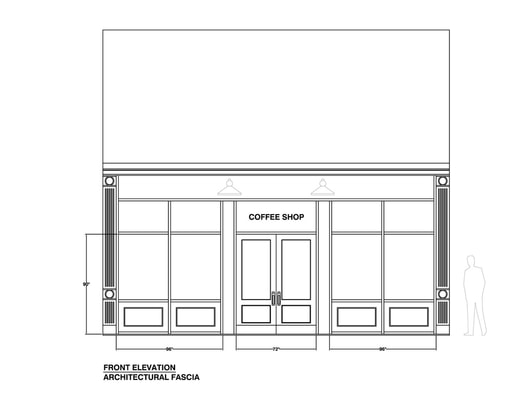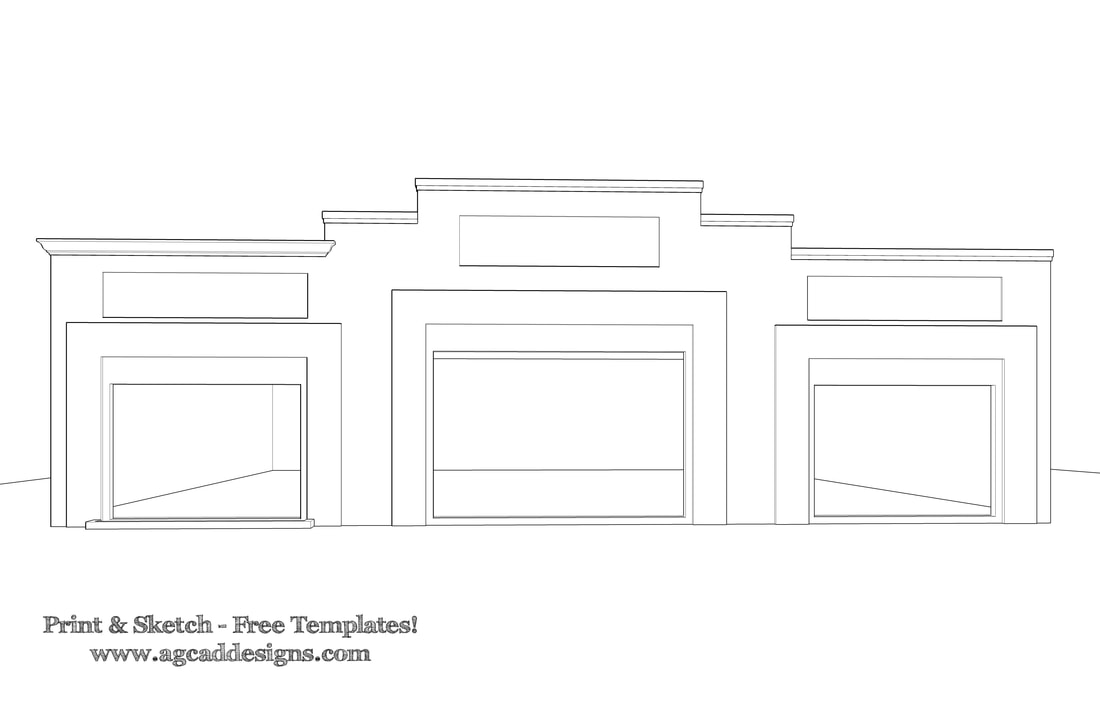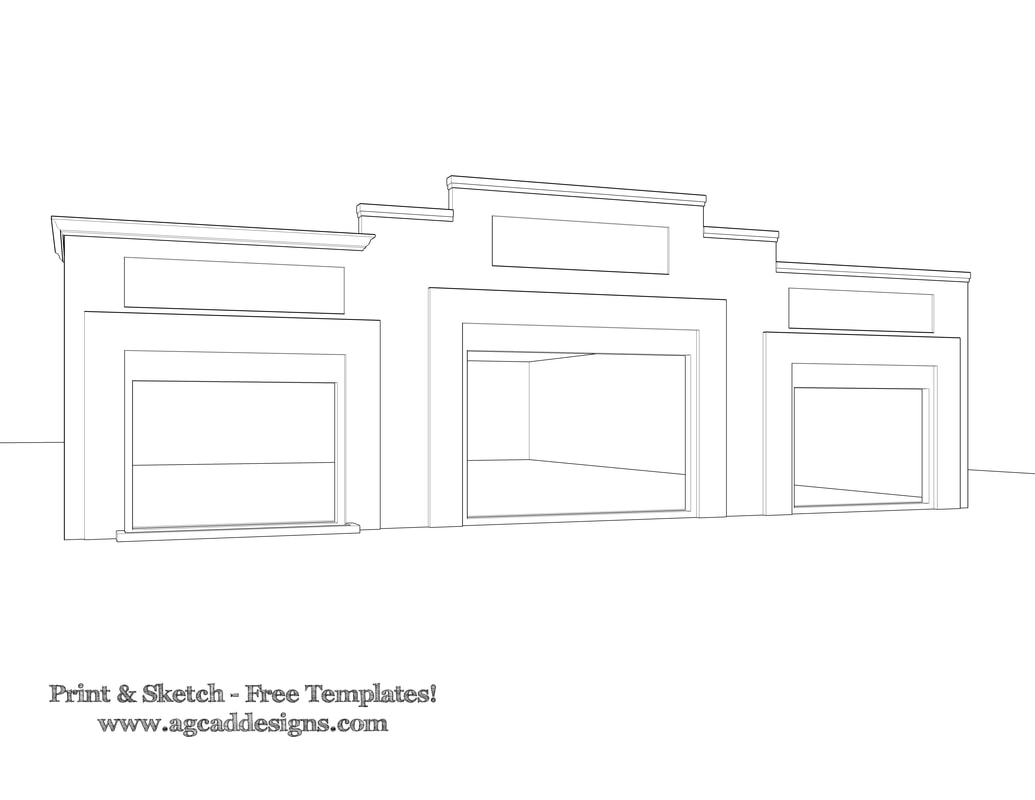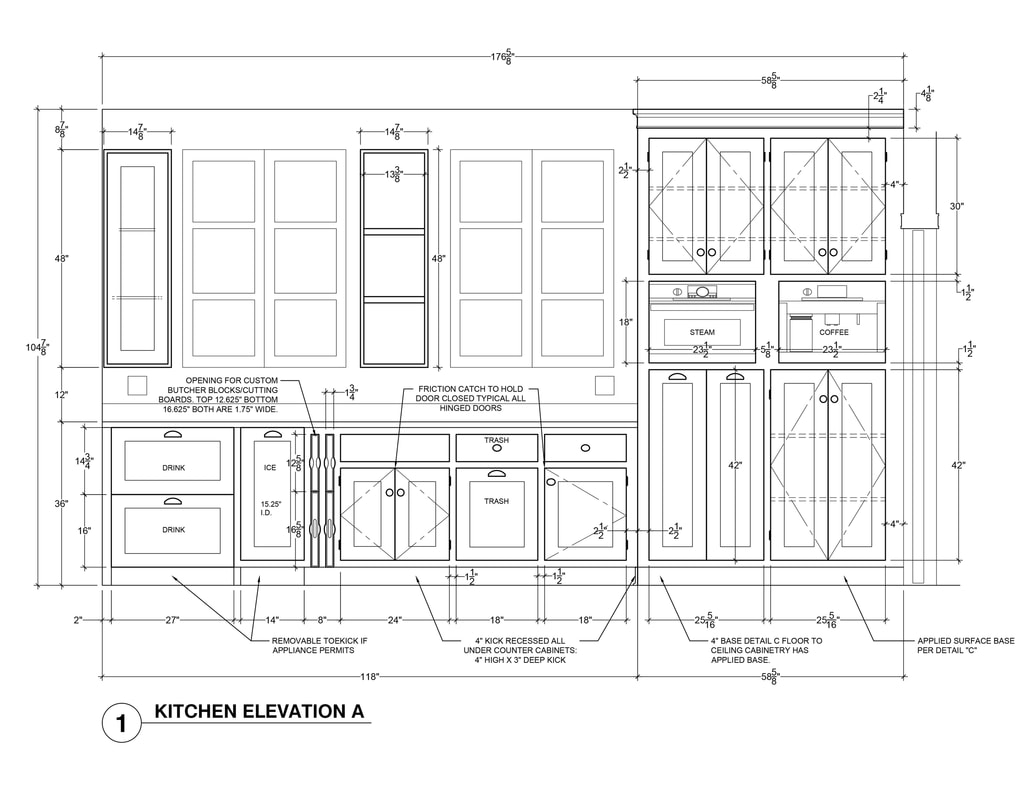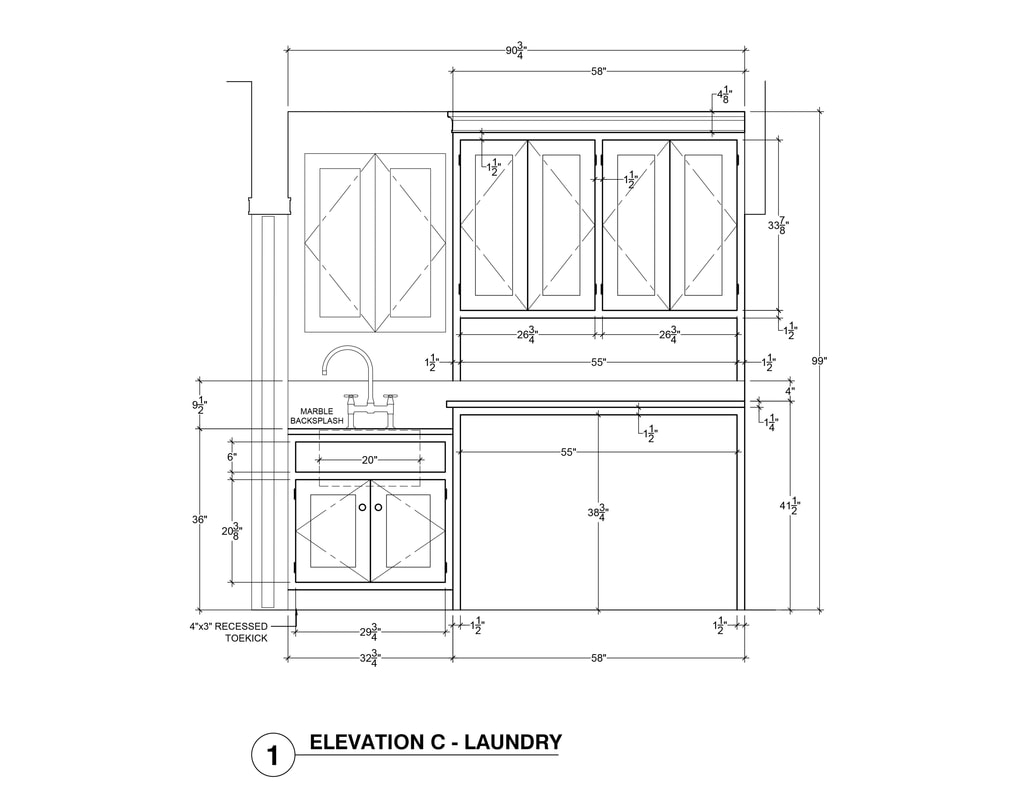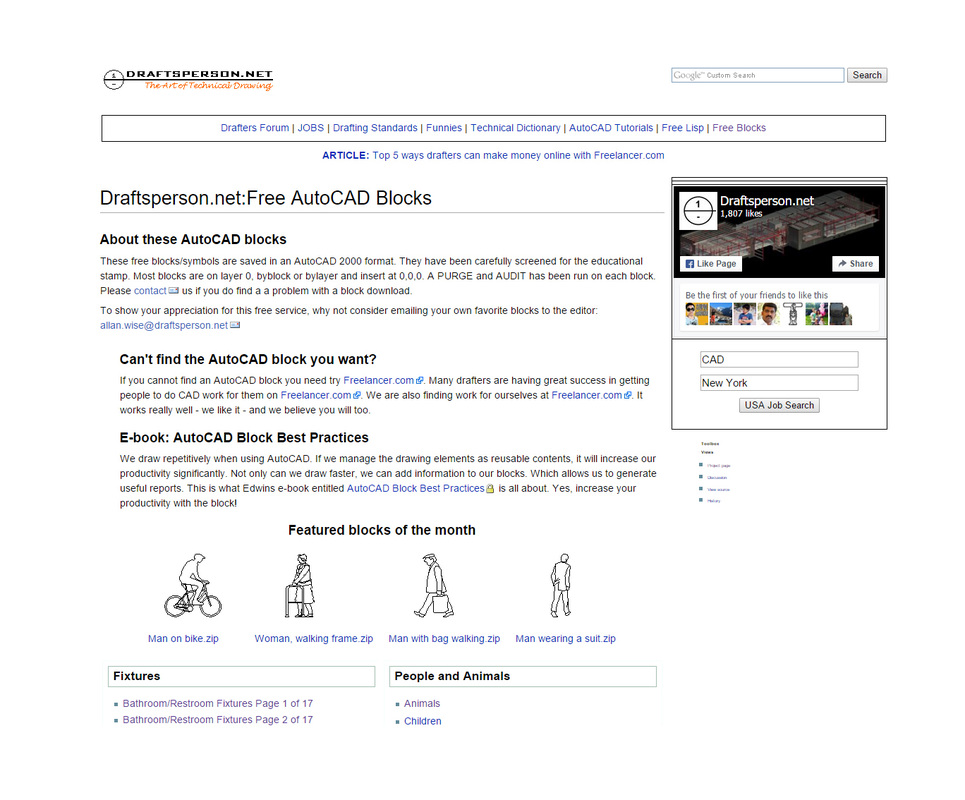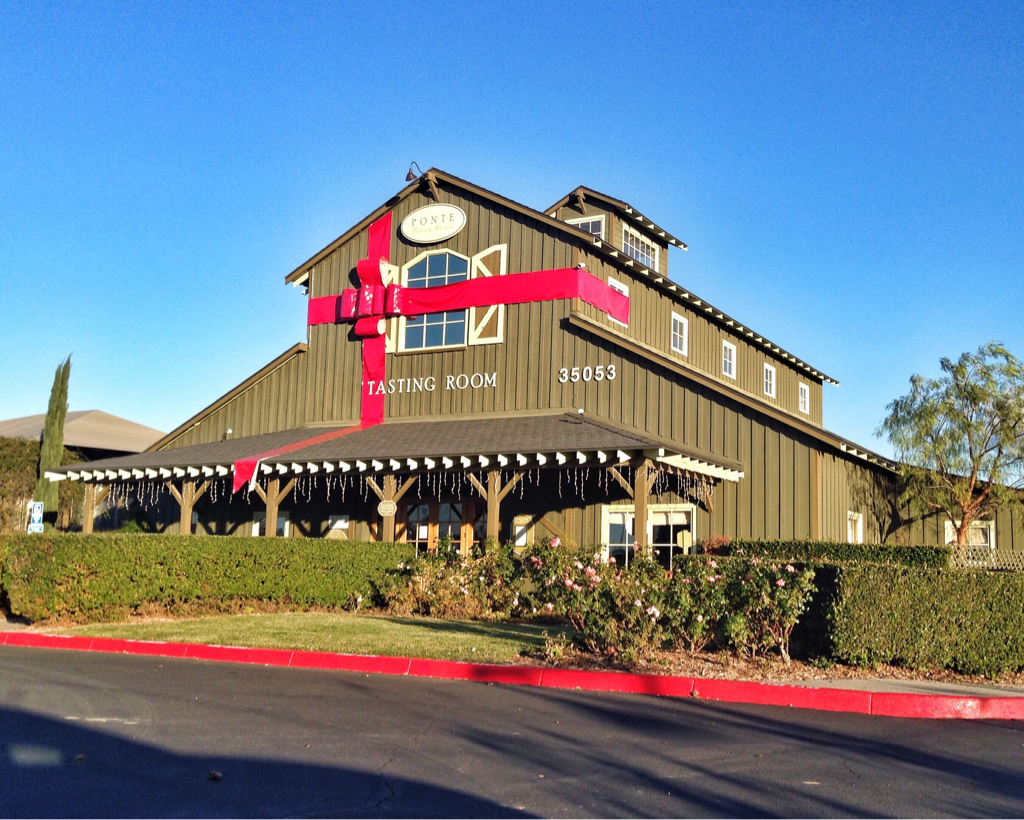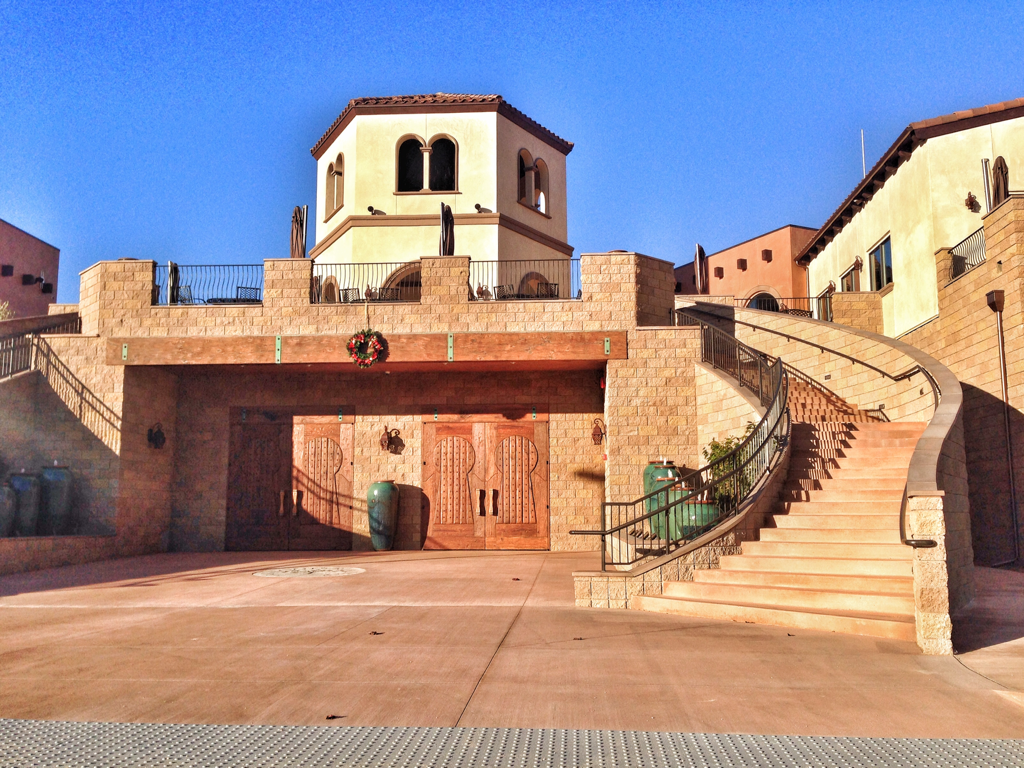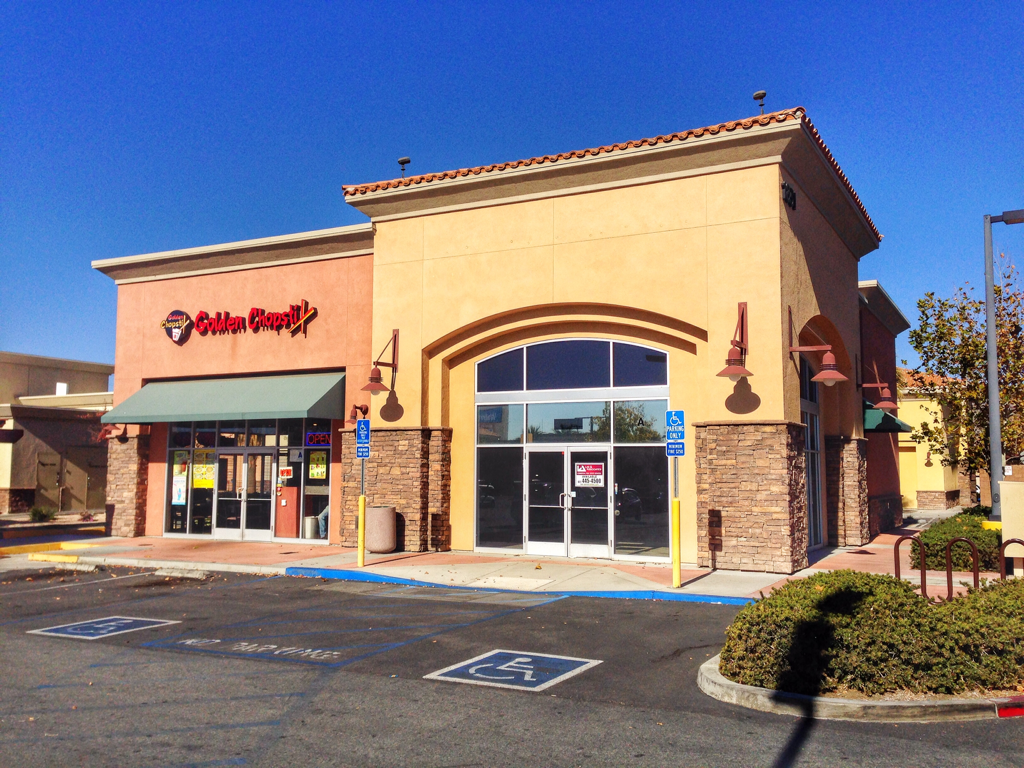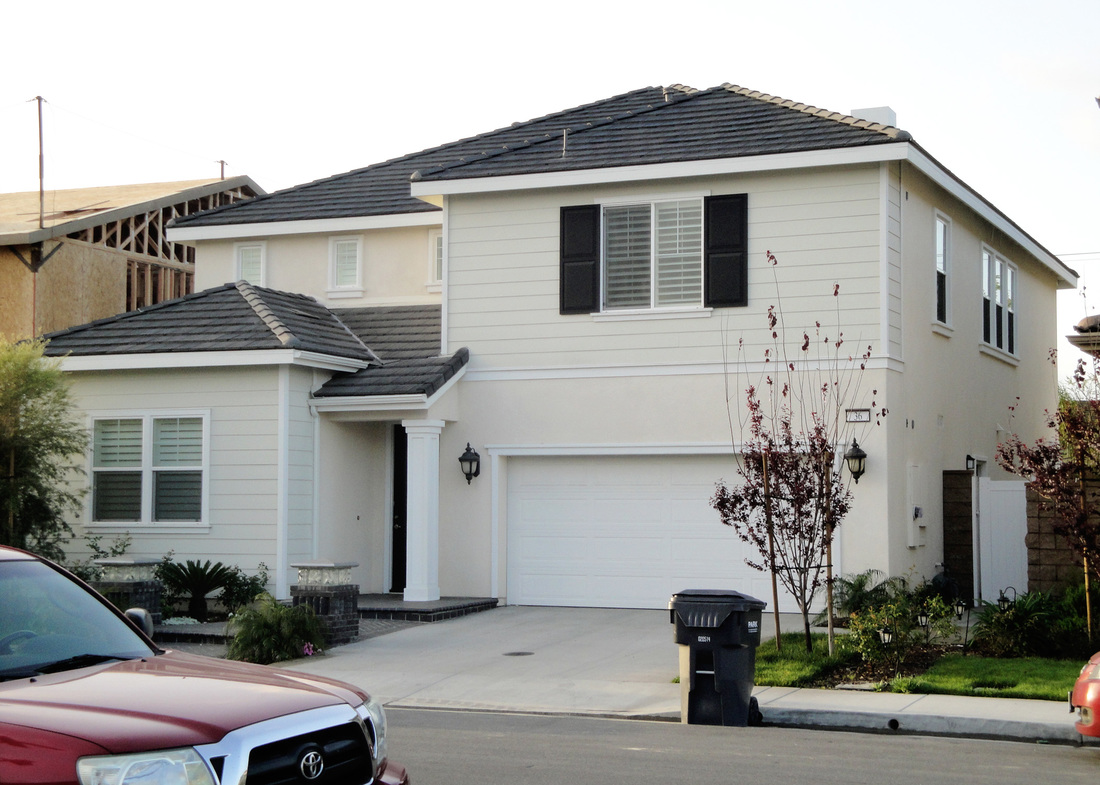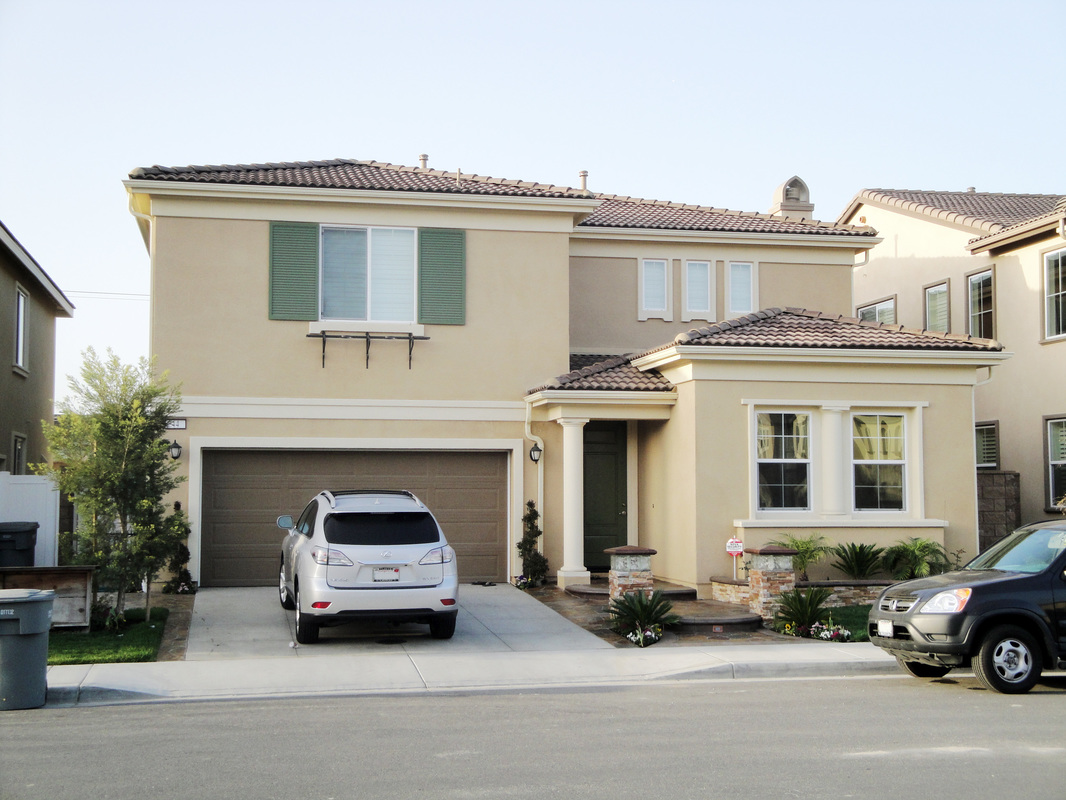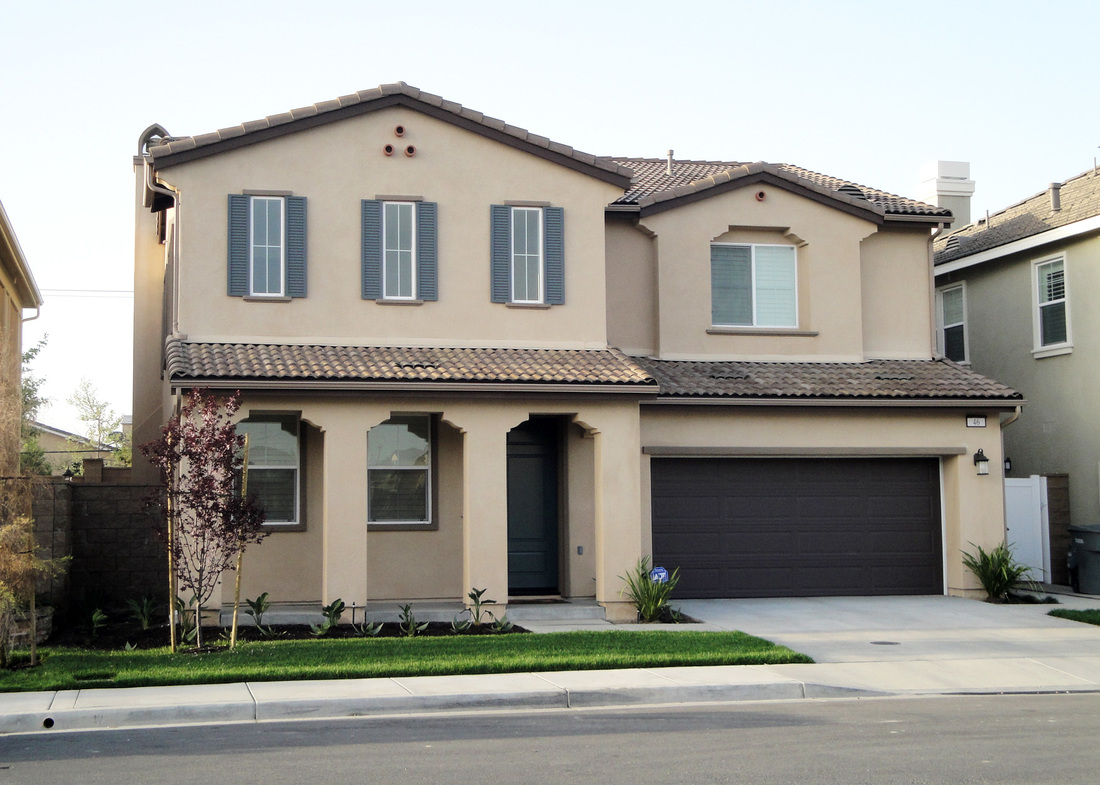Landscape, Outdoor, Pool Design Service!A pool is a great addition to any property, providing a refreshing escape from the heat and a place to relax and unwind. However, designing a pool that meets your needs and complements your property can be challenging. In this brief article, we will guide you through the process of pool designing, from choosing the right location to selecting the best materials. Choose the right location! The location of your pool is one of the most important factors to consider during the designing process. A well-chosen location can enhance the beauty and functionality of your pool. Factors to consider include sun exposure, wind direction, views, and privacy. Selecting the Pool Shape The shape of your pool is another important consideration. There are several shapes to choose from, including rectangular, circular, and freeform. The shape you choose will depend on your personal preferences and the intended use of the pool. Rectangular pools are ideal for swimming laps, while freeform pools provide a more natural look and feel. Choosing the Pool Size: The size of your pool will depend on the available space, budget, and intended use. If you plan to use your pool for exercise, you will need a larger pool than if you plan to use it for relaxation. Selecting the Pool Materials: The materials you choose for your pool can greatly impact its appearance, durability, and maintenance requirements. There are several materials to choose from, including concrete, vinyl, and fiberglass. Concrete is the most durable and customizable option, while vinyl and fiberglass are more affordable and require less maintenance. Designing the Pool Surroundings The area surrounding your pool is just as important as the pool itself. Factors to consider include landscaping, lighting, and seating. We recommend working with a professional landscape designer who can help you create a cohesive and functional outdoor living space. In conclusion, designing a pool requires careful consideration of several factors, including location, shape, size, materials, and surroundings. By working with AG CAD Designs, you can create a beautiful and functional pool that meets your needs and enhances your property. When it comes to designing a swimming pool, there are a lot of factors to consider. From the size and shape of the pool to the materials used and the placement of the pool in your outdoor space, there are many decisions to make. That's why AG CAD Designs is here to help. Our preliminary pool design services provide a solid foundation for your pool project, ensuring that every detail is carefully planned and executed. Preliminary pool design services involve creating a detailed plan for your pool project before any construction work begins. This includes determining the size and shape of the pool, selecting materials, planning the pool's placement in your outdoor space, and more. By carefully planning every aspect of your pool project, you can ensure that the final product meets your expectations and stays within your budget. Using AG CAD Designs for your preliminary pool design services has numerous benefits. First and foremost, it helps you avoid costly mistakes that can occur when pool design is rushed or not carefully planned. Additionally, working with a professional pool design company like AG CAD Designs can help you save time and money by ensuring that the project stays on schedule and within budget. With our commitment to customer satisfaction and attention to detail, AG CAD Designs is the best choice for anyone looking to create a beautiful and functional swimming pool. Discover the essential common pool design dimensionsDesigning a common pool is an exciting venture that requires proper planning and careful consideration of various factors. While there are many aspects to take into account, the dimensions of the pool are among the most critical. Pool Length: The length of a pool is one of the most important design dimensions. It determines the overall size of the pool and is influenced by factors such as available space, budget, and usage. The ideal length for a common pool is between 25 and 40 feet. This range allows for comfortable swimming and facilitates lap swimming. Longer pools are more suitable for competitive swimming, while shorter ones are ideal for recreation and relaxation. Pool Width: The width of a pool is another important dimension. The width influences the pool's overall shape and impacts the ease of swimming. A standard common pool width is 10 to 16 feet. However, wider pools can accommodate more swimmers and provide ample space for aquatic activities. Pool Depth: The depth of a pool is crucial for safety and functionality. A standard common pool depth is 3 to 6 feet, but some pools can be as deep as 12 feet. The depth should be designed according to the intended use of the pool. Shallow pools are ideal for children and recreational activities, while deeper pools are better suited for diving and lap swimming. A pool depth of at least 1.5 meters is recommended for adults, while a depth of 0.9 meters is suitable for children Pool Shape: The shape of a pool can greatly impact its aesthetics and functionality. The most common pool shapes are rectangular, oval, and kidney-shaped. Rectangular pools are ideal for lap swimming and provide a classic, elegant look. Oval pools are great for smaller spaces and offer a softer, more organic look. Kidney-shaped pools are a popular choice for their unique shape and versatility. Decking and Coping: Decking and coping are critical design elements that can enhance the beauty and functionality of a pool. Decking provides a safe and comfortable surface for swimmers and can be made of various materials such as concrete, pavers, or natural stone. Coping is the material that covers the pool's edge and provides a finished look. Coping can also be made of various materials and should be chosen to complement the decking and overall pool design. Designing a common pool is an exciting and rewarding process, but it requires careful consideration of various factors. The dimensions of the pool are among the most critical design elements and greatly impact the functionality and aesthetics of the pool. By understanding the common pool design dimensions in imperial, you can make informed decisions and create a pool that meets your needs and preferences. Custom Pool Design FAQs:Q: What are the standard dimensions of a common pool? A: The standard dimensions of a common pool are 25 to 40 feet in length, 10 to 16 feet in width, and 3 to 6 feet in depth. Q: What materials can I use for my pool decking and coping? A: You can use various materials such as concrete, pavers, or natural stone for your pool decking and coping. Q: What is the minimum height for a pool fence? A: The minimum height for a pool fence is typically 4 feet, but this may vary depending on your location. Q: Do I need to have a pool cover? A: Regulations may require that your pool has a cover when not in use to prevent accidental falls or unauthorized access. Q: Do I need insurance for my pool? A: Swimming pools can be a liability risk, so it is important to have proper insurance coverage. Contact your insurance provider to discuss coverage options for your pool. Q: How often should pool water be tested? A: Pool water should be tested at least once a week, and more frequently during hot and humid weather. Pool Design Regulations to Consider: Ensuring Safety and ComplianceIf you are planning to build a swimming pool, it is important to know the regulations and requirements that you must follow to ensure safety and compliance. Pool design regulations vary depending on your location, so it is essential to research and understand the specific rules in your area. In this article, we will discuss the most important regulations that you should consider when designing your pool. 1. Obtain the necessary permits Before starting the construction of your pool, you must obtain the necessary permits from your local authorities. These permits ensure that your pool meets the safety standards and zoning requirements set by your city or state. You may need to submit plans and pay fees to obtain these permits, so make sure to factor in these costs into your budget. 2. Fencing and barriers Most jurisdictions require that swimming pools have a fence or barrier around them to prevent unauthorized access, especially by children. The fence or barrier should be at least 4 feet high and have a self-closing, self-latching gate. The gate should open outward, away from the pool area, and should be equipped with a lock or latch that is out of reach of children. 3. Pool depth The depth of your pool should comply with your local regulations, which may specify minimum and maximum depths. The depth requirements are in place to ensure that the pool is safe for all users and that the risk of injury or drowning is minimized. 4. Drainage and filtration systems Your pool must have an appropriate drainage and filtration system to ensure that the water is safe and clean. The drainage system should be designed to prevent standing water, and the filtration system should be able to remove debris and contaminants from the water. 5. Lighting Proper lighting is essential for safety and visibility in and around your pool area. Regulations may require that your pool has adequate lighting, especially if you plan to use it at night. Consider installing underwater lights for added visibility and ambiance. 6. Pool covers Pool covers are an excellent safety feature that can also help to conserve energy and reduce maintenance costs. Your local regulations may require that your pool has a cover when not in use to prevent accidental falls or unauthorized access. 7. Handrails and ladders Your pool should have handrails and ladders for safe entry and exit. These features should be securely installed and meet your local regulations for strength and durability. 8. Pool signage Regulations may require that your pool has specific signage for safety and compliance purposes. This signage may include depth markers, no diving signs, and emergency contact information. 9. Accessible design If you plan to have a pool for public use, you must ensure that it meets accessibility standards for people with disabilities. This may include the installation of wheelchair ramps, lifts, or other accessible features. 10. Chemical safety Proper chemical balance is essential to maintain clean and safe water in your pool. You must handle pool chemicals carefully and follow all safety guidelines to prevent injury or illness. 11. Professional installation To ensure that your pool meets all regulations and safety standards, it is recommended to hire a professional pool contractor for installation. A qualified contractor will be able to design and install your pool according to your specific needs and local regulations. 12. Regular maintenance Regular maintenance is essential to keep your pool safe and in compliance with regulations. This includes cleaning, checking water chemistry, and ensuring that all safety features are working correctly. 12. Neighborhood regulations In addition to local regulations, you may also need to consider any neighborhood or homeowner association regulations that apply to pool design. These regulations may specify size, location, and other requirements that must be met. Common Pool Building Codes: A Comprehensive GuideWhen it comes to building a pool, there are a lot of things to consider. Not only do you have to worry about the design and construction of the pool itself, but you also have to navigate the various building codes and regulations that govern pool construction. In this article, we'll take a deep dive into common pool building codes, exploring everything from safety requirements to zoning laws.
1. What are Pool Building Codes? Pool building codes are a set of regulations that govern the construction, installation, and operation of swimming pools. These codes are in place to ensure that pools are safe and compliant with local and national laws. They cover everything from fencing requirements to electrical safety, and failure to comply with these codes can result in fines, legal action, and even the closure of your pool. 2. Types of Pool Building Codes There are several types of pool building codes that you need to be aware of. These include: a. Building Codes Building codes are regulations that govern the construction and design of buildings, including swimming pools. They cover everything from the types of materials that can be used to the height of the pool walls. b. Electrical Codes Electrical codes govern the installation and maintenance of electrical systems, including those used in swimming pools. They cover everything from wiring to grounding and are in place to prevent electrical hazards. c. Plumbing Codes Plumbing codes regulate the installation and maintenance of the pool's plumbing system. They cover everything from the type of pipes used to the placement of drains and outlets. d. Health and Safety Codes Health and safety codes are regulations that govern the operation and maintenance of swimming pools. They cover everything from water quality to lifeguard requirements and are in place to ensure that pools are safe for swimmers. 3. Requirements for Pool Fencing One of the most important building codes for pools is fencing requirements. Most cities and states require that pools be enclosed by a fence that is at least four feet high. The gate to the fence should be self-closing and self-latching to prevent children from gaining access to the pool unsupervised. Additionally, the fence should not have any gaps or openings that a child could squeeze through. 4. Requirements for Pool Covers Pool covers are another important safety feature for pools. Most building codes require that pools be equipped with a cover that can be securely fastened in place. The cover should be strong enough to support the weight of a child and should be able to withstand wind and rain. 5. Requirements for Pool Depth Markers Depth markers are required by building codes to be placed at the edge of the pool to indicate the water depth. This is important for swimmers to be able to gauge the depth of the pool and avoid injury. 6. Requirements for Pool Lighting Pool lighting is important for safety and aesthetics, but it must also meet certain building codes. Lighting fixtures should be installed at least 10 feet away from the pool to prevent electrical hazards. Additionally, underwater lighting should be installed in a way that does not create a hazard for swimmers. 7. Requirements for Pool Drains Pool drains must meet certain building codes to prevent entrapment and drowning hazards. Drains must be covered by an anti-vortex cover and should not be accessible to swimmers. 8. Requirements for Pool Electrical Systems Pool electrical systems must meet certain building codes to prevent electrical hazards. Electrical wiring must be installed by a licensed electrician and should be inspected regularly. Additionally, all electrical equipment, such as pumps and heaters, should be grounded to prevent electric shock. 9. Requirements for Pool Water Quality Building codes regulate the quality of pool water to prevent illness and disease. The pH levels of the water should be maintained between 7.2 and 7.8, and chlorine levels should be kept within acceptable limits. Additionally, pools should be regularly cleaned and maintained to prevent the growth of bacteria and other contaminants. 10. Zoning Laws for Pool Construction Zoning laws are regulations that govern how properties can be used and developed in a specific area. These laws can impact pool construction, as they dictate where a pool can be built on a property, how large it can be, and how close it can be to property lines. Before building a pool, it's important to check the local zoning laws to ensure that your pool is compliant. 11. Permits for Pool Construction Most cities and states require permits for pool construction. These permits ensure that your pool meets all building codes and zoning laws, and they may require inspections at various stages of construction. Failure to obtain the necessary permits can result in fines and legal action. 12. Insurance for Pool Owners Pool owners should also consider insurance coverage for their pool. Most homeowners' insurance policies do not provide adequate coverage for pools, so it's important to talk to your insurance provider about additional coverage options. This can protect you from liability in case of accidents or injuries related to your pool. 13. Pool Maintenance Requirements Once your pool is constructed, you'll need to maintain it to ensure that it remains safe and compliant with building codes. This includes regular cleaning and maintenance of the pool and its equipment, as well as monitoring water quality and pH levels. 14. Pool Safety Tips In addition to building codes and regulations, there are several pool safety tips that can help prevent accidents and injuries. These include:
15. Conclusion Building a pool can be a great addition to your home, but it's important to understand and comply with the various building codes and regulations that govern pool construction. By following these codes and taking steps to ensure pool safety, you can enjoy your pool with peace of mind. SketchUp 3D Model Bath Mirror download
Download Here! a free bath mirror for Interior 3D rendering projects!
Tradeshows are a fantastic opportunity for marketing coordinators and brand ambassadors to showcase their products and services, connect with potential customers, and generate leads! Tradeshows offer an unparalleled opportunity for businesses to showcase their products and services, forge connections, and establish their brand in the marketplace. A well-designed tradeshow exhibit can be the difference between attracting potential customers or leaving them disinterested. In this essential guide, we'll explore the principles of effective tradeshow exhibit design, offer tips for creating a successful display, and provide best practices for Marketing coordinators and Brand ambassador in the USA. Importance of Tradeshow Exhibit Design: A visually appealing and engaging tradeshow exhibit is crucial for several reasons: Establishing Brand Presence Your exhibit is a reflection of your brand and your business. A well-designed booth will effectively communicate your brand's message, values, and image to the audience. Enhancing Customer Engagement An engaging exhibit will draw visitors in, spark conversation, and create lasting impressions. This increased engagement can lead to new business opportunities, partnerships, and customer relationships. Principles of Effective Tradeshow Exhibit Design To create an impactful tradeshow exhibit, adhere to these key principles: Clarity Your message should be clear and easily understood. Avoid clutter, and ensure your graphics, text, and visuals are concise and straightforward. Consistency Maintain a consistent visual theme and brand identity throughout your exhibit to create a cohesive experience for visitors. Creativity Innovative and unique designs will make your exhibit stand out from the competition and capture the attention of attendees. Tips for Tradeshow Exhibit Design
Follow these tips to optimize your tradeshow exhibit: Define Your Objectives Determine the goals of your exhibit, such as increasing brand awareness, generating leads, or launching a new product. Tailor your design to meet these objectives. Choose the Right Exhibition Space Select a location that offers high visibility, ample space, and accessibility for attendees. Consider factors like traffic flow, proximity to competitors, and lighting conditions. Create an Eye-catching Display Utilize eye-catching graphics, bold colors, and dynamic visuals to make your exhibit stand out. Incorporate Interactive Elements Interactive displays, such as touchscreens, product demonstrations, and hands-on experiences, will encourage visitor engagement. Use Effective Lighting Illuminate your exhibit with strategic lighting to highlight key features, create ambiance, and attract attention. Download Free DWG CAD Door and Window BlocksUse the free door & window CAD blocks to use on your architectural or interior design drawings!
Please share it with a friends, lets help each other to have more time to spend designing! Detailed Pool Table 3D SketchUp Model for Free!Download a free SketchUp Pool table for interior design renderings! SketchUp File Pool Table Download:
Creating a Professional Image with a Modern Reception DeskA modern reception desk is not only the first point of contact for visitors, but it also sets the tone for your business environment. As such, it is essential to make a lasting impression by blending form and functionality. In this blog, we will explore the various aspects of designing a modern reception desk, incorporating practicality, aesthetics, and efficiency. Importance of a Reception Desk in a Business First Impressions Matter As the saying goes, you never get a second chance to make a first impression. In the business world, a reception desk is often the first point of contact for clients and visitors. This makes it essential to create a welcoming, professional, and polished image that reflects your company's values and vision. Enhancing Your Brand Image A well-designed reception desk not only impresses visitors but also reinforces your brand image. A modern, stylish reception area can convey an image of innovation and forward-thinking, while a more traditional design might suggest stability and dependability. Key Features of a Modern Reception Desk Design and Aesthetics The design of a modern reception desk should be visually appealing, setting the tone for your entire office space. Clean lines, contemporary materials, and a cohesive color scheme will contribute to a polished and professional appearance. The design should reflect your brand and create a welcoming environment for visitors. Consider incorporating your logo, company colors, and other design elements that reinforce your brand identity. Before choosing a reception desk, it is essential to determine the available space in the reception area. Consider traffic flow, accessibility, and any additional furniture that may be required. Ergonomics and Functionality A modern reception desk should be designed with ergonomics in mind, ensuring that receptionists can work comfortably and efficiently. Features like adjustable height, ample storage, and efficient cable management will improve productivity and reduce the risk of injury. Technology Integration In today's digital age, it's important to incorporate technology into your reception desk design. Integrated charging stations, wireless connectivity, and seamless cable management can create a user-friendly experience for both receptionists and visitors. Include built-in power outlets, USB ports, and cable management systems to keep wires and devices organized and accessible. Consider including lockable drawers or cabinets to secure sensitive documents and valuables. Popular Reception Desk Styles Minimalistic Designs Minimalistic reception desks feature clean lines and simple forms, making them an ideal choice for modern office spaces. This style focuses on creating a sense of space and openness, promoting a clutter-free and efficient work environment. Curved and Rounded Desks Curved and rounded reception desks offer a visually striking alternative to traditional straight-edged designs. These desks provide a sense of fluidity and movement, creating an inviting atmosphere for visitors and clients. L-Shaped and U-Shaped Desks L-Shaped and U-Shaped reception desks are both practical and stylish, offering ample workspace and storage for receptionists. These designs can help maximize the use of available space while providing a professional and polished appearance. Examples of Modern Reception Desk Styles
Here are some popular modern reception desk styles that blend form and functionality: Minimalist: This style focuses on clean lines, simple shapes, and a lack of clutter. Minimalist reception desks often use materials like glass, metal, and wood to create a sleek, sophisticated look. Industrial: Industrial-style reception desks combine raw materials like concrete, metal, and wood. They often feature exposed hardware and a utilitarian design that prioritizes functionality. Contemporary: Contemporary reception desks are characterized by a combination of different materials, bold shapes, and contrasting colors. They often include modern design elements like LED lighting, acrylic panels, or geometric patterns. Organic: Organic reception desks incorporate natural materials, curved lines, and soft shapes. This style aims to create a warm, welcoming environment that connects visitors to nature. FREE DWG Architecture and Interior Design Blocks Best Sites to Bookmark!First In Architecture Site has great Free CAD Resources!Draftsperson.net Free AutoCAD BlocksVisit: http://www.draftsperson.net Free AutoCAD Block Downloads by CAD CornerTemecula, California, boasts a rich architectural heritage, with historical buildings, modern architectural marvels, and picturesque wineries. As a 3D architectural visualizer, I have the pleasure of exploring these gems and capturing them in their full glory. In this post, I'll share the best places to take architectural photos in Temecula, CA, along with some tips for capturing stunning images. Historical Buildings Old Town Temecula The heart of Temecula's history lies in Old Town, a beautifully preserved area with buildings dating back to the 1800s. The wooden sidewalks, rustic storefronts, and vintage street lamps make it an ideal location for capturing the essence of the town's past. Don't miss the iconic Temecula Hotel and the Old Town Temecula Community Theater. Vail Ranch Headquarters Another piece of Temecula's history can be found at the Vail Ranch Headquarters, once the center of a vast cattle empire. The adobe buildings and rustic barns provide a fascinating backdrop for architectural photography, offering a glimpse into the region's early days. Modern Architectural Marvels Temecula Civic Center The Temecula Civic Center is a stunning example of modern architecture, with its unique blend of glass, stone, and metal elements. The building's angular design and surrounding water features create an impressive sight, making it a must-visit spot for architectural photography enthusiasts. Avensole Winery Avensole Winery is a modern architectural gem nestled among the rolling hills of Temecula's wine country. The winery's sleek design, featuring glass walls and a cantilevered roof, provides a striking contrast to the surrounding vineyards. Capture the elegance of this contemporary structure while enjoying a glass of award-winning wine. Scenic Wineries Callaway Vineyard & Winery Callaway Vineyard & Winery offers a stunning backdrop for architectural photography, with its Spanish-style buildings and lush vineyards. The picturesque setting provides ample opportunities to capture the essence of Temecula's wine country, from the terracotta rooftops to the vibrant grapevines. Wilson Creek Winery Wilson Creek Winery's charming architecture and picturesque grounds make it another ideal location for capturing Temecula's wine country ambiance. The rustic buildings, surrounded by vineyards and gardens, create a serene setting for architectural photography. Beautiful Parks and Gardens Temecula Duck Pond The Temecula Duck Pond Park is a charming oasis in the heart of the city, featuring a lovely pond, wooden bridges, and beautifully landscaped gardens. The park's unique gazebo and surrounding structures provide excellent subjects for architectural photography, while the abundance of ducks and geese add a whimsical touch. Rose Haven Heritage Garden Rose Haven Heritage Garden is a hidden gem in Temecula, boasting over 1,600 rose varieties and a stunning Mediterranean-style gazebo. This tranquil garden is an ideal spot to capture the beauty of nature and architecture intertwined, as the colorful blooms complement the elegant structures. Unique Event Venues Temecula Creek Inn Temecula Creek Inn is a picturesque event venue and resort, featuring a charming mix of Spanish and Craftsman-style architecture. The property's enchanting stone buildings, lush gardens, and tranquil creeks make it a perfect setting for architectural photography. Pechanga Resort & Casino Pechanga Resort & Casino is a sprawling entertainment complex boasting a striking blend of modern and Native American architectural elements. From the grand entrance to the luxurious pool area, the resort offers countless opportunities for capturing unique and eye-catching architectural photographs. Nature's Beauty Santa Rosa Plateau The Santa Rosa Plateau Ecological Reserve showcases the beauty of Temecula's natural landscape, offering a unique contrast to the architectural gems found within the city. Capture the rugged beauty of the plateau's rock formations, and don't miss the historic adobe structures located on the property. Lake Skinner Lake Skinner is a serene oasis surrounded by rolling hills, providing an idyllic backdrop for architectural photography. The park's recreational facilities and picturesque picnic areas offer a variety of subjects, from charming gazebos to modern restroom facilities that blend seamlessly with the natural environment. Tips for Taking Architectural Photos
Discovering the Best Things to Do in Temecula, CA: A Local's Guide1. Exploring Temecula's Wine Country A. Wine Tasting at Top Wineries Temecula's wine country is home to over 40 wineries, each offering a unique experience for wine enthusiasts. From intimate, family-owned vineyards to grand, luxurious estates, you're sure to find a winery that suits your taste. Some local favorites include Callaway Vineyard & Winery, Wilson Creek Winery, and Leoness Cellars. B. Guided Wine Tours For a worry-free wine tasting experience, consider booking a guided wine tour. Several local companies offer tours that include transportation, tastings, and behind-the-scenes access to wineries, providing a fun and educational day in the vineyards. 2. Delighting in Temecula's Culinary Scene A. Farm-to-Table Dining Temecula's rich agricultural heritage has given rise to a thriving farm-to-table dining scene. Many local restaurants, such as E.A.T. Marketplace and The Goat & Vine, pride themselves on using fresh, locally-sourced ingredients to create delicious, seasonal dishes. B. Old Town Temecula's Dining Options Old Town Temecula is a hub for dining, offering a variety of restaurants that cater to diverse tastes. From upscale steakhouses to cozy cafes, you'll find an array of options to satisfy your cravings. 3. Stepping Back in Time at Historical Sites A. Temecula Valley Museum Immerse yourself in the region's history by visiting the Temecula Valley Museum. This charming museum showcases the story of Temecula's indigenous peoples, Spanish settlers, and the development of the area's ranchos and vineyards. B. Vail Headquarters Vail Headquarters is a beautifully restored historic site that once served as the heart of the 90,000-acre Rancho Temecula. Today, it's a vibrant community space featuring shops, restaurants, and events, all while preserving the site's rich history. 4. Embracing the Great Outdoors A. Hiking in the Santa Rosa Plateau The Santa Rosa Plateau, located just west of Temecula, offers miles of scenic hiking trails, breathtaking views, and diverse plant and animal life. Don't miss the seasonal vernal pools, a unique ecosystem that supports a variety of rare species. B. Hot Air Balloon Rides Experience Temecula's beauty from a new perspective with a hot air balloon ride. Several local companies offer sunrise and sunset flights, providing stunning views of the vineyards, rolling hills, and surrounding mountains. 5. Enjoying Temecula's Vibrant Arts and Culture Scene A. Old Town Temecula Community Theater Catch a live performance at the Old Town Temecula Community Theater, which hosts a variety of events, including plays, musicals, concerts, and dance performances. The theater's intimate setting and top-notch productions make for a memorable night out. B. Art Galleries and Studios Temecula is home to numerous art galleries and studios, showcasing the work of talented local artists. Browse the eclectic mix of paintings, sculptures, and other creative pieces on display as you wander through Old Town or visit the city's various art-focused events. 6. Shopping in Temecula A. Old Town Temecula Old Town Temecula offers a charming shopping experience, with its historic buildings housing a variety of unique boutiques, antique shops, and specialty stores. Stroll down the picturesque streets and discover one-of-a-kind treasures. B. Promenade Temecula For a more traditional shopping experience, head to the Promenade Temecula, a sprawling outdoor mall featuring popular retail stores, restaurants, and entertainment options. 7. Temecula's Festivals and Events A. Temecula Valley Balloon & Wine Festival Held annually in late spring, the Temecula Valley Balloon & Wine Festival is a must-attend event, featuring hot air balloon launches, wine tastings, live music, and family-friendly activities. B. Other Seasonal Events Temecula hosts various events throughout the year, celebrating the city's rich culture and community spirit. From the Rod Run car show to the Western Days & Chili Cook-off, there's always something happening in this lively city. As a 3D architectural visualizer, I've always been captivated by the rich architectural heritage of Temecula, CA, particularly its Spanish Mission architecture. This unique style, characterized by thick adobe walls, red clay tile roofs, and ornate detailing, tells the fascinating story of the region's Spanish influence. In this blog, we'll explore the history of Spanish Mission architecture, its iconic examples in Temecula, and how this enduring style continues to inspire contemporary design. The History of Spanish Mission Architecture Origin and Development Spanish Mission architecture originated in the late 16th century as Spain sought to establish a foothold in the Americas. Spanish missionaries, in their quest to convert the native population to Christianity, built a series of religious and civic structures along the coast of what is now California, Mexico, and the southwestern United States. These buildings, designed to be both functional and impressive, showcased the architectural styles of the Spanish colonial era. Key Characteristics Spanish Mission architecture is characterized by its simplicity and solidity, with buildings typically constructed of adobe brick, stone, or wood. The style often features distinctive elements such as red clay tile roofs, bell towers, gables, and arched windows and doorways. Ornate detailing, like decorative tiles and ironwork, adds a touch of elegance to these otherwise utilitarian structures. The Spanish Influence in Temecula, CA Early History Temecula's history can be traced back to the indigenous Luiseño people, who established the village of Temecula around 900 A.D. Spanish explorers arrived in the region in the late 18th century, and by the 1820s, Mexican land grants had led to the development of several large ranchos in the area. This influx of Spanish settlers brought with it the distinctive architectural styles of the time, including Spanish Mission architecture. Temecula's Architectural Heritage As a testament to its rich history, Temecula boasts several examples of Spanish Mission architecture, with buildings that have been lovingly preserved or restored to showcase their original charm. This architectural heritage not only provides a window into the past but also serves as a source of inspiration for contemporary designers, who often incorporate elements of Spanish Mission style into modern buildings. Iconic Examples of Spanish Mission Architecture in Temecula Temecula Valley Museum The Temecula Valley Museum, housed in a building that showcases Spanish Mission architectural elements, offers visitors a glimpse into the region's history. The museum's exhibits include artifacts and displays that tell the story of Temecula's indigenous peoples, Spanish settlers, and the development of the area's ranchos and vineyards. Temecula Creek Inn Temecula Creek Inn is a charming resort featuring a mix of Spanish and Craftsman-style architecture. The property's enchanting stone buildings, with their red tile roofs and arched doorways, provide an idyllic setting for a weekend getaway or special event. Callaway Vineyard & Winery Nestled in the heart of Temecula's wine country, Callaway Vineyard & Winery boasts a beautiful Spanish-style building surrounded by lush vineyards. The winery's terracotta rooftops and rustic stucco walls perfectly capture the essence of the region's Spanish Mission architectural heritage. Elements of Spanish Mission Architecture Thick Adobe Walls One of the key characteristics of Spanish Mission architecture is the use of thick adobe walls, which provide excellent insulation against both heat and cold. These walls also contribute to the buildings' sturdiness and longevity. Red Clay Tile Roofs Spanish Mission buildings are easily identified by their red clay tile roofs, which not only provide protection from the elements but also add a distinctive visual appeal. The curved shape of the tiles allows for efficient water drainage, and their natural red color beautifully complements the earthy tones of the adobe walls. Bell Towers and Gables Bell towers and gables are common features in Spanish Mission architecture, adding both functional and decorative elements to the buildings. Bell towers often housed the mission bells, which were used to call the community to worship or signal important events, while gables added visual interest and provided additional support for the roofs. Arched Windows and Doorways Arched windows and doorways are another hallmark of Spanish Mission architecture, adding a sense of elegance and grace to the otherwise simple structures. These architectural elements also served practical purposes, such as providing natural light and ventilation. The Interiors of Spanish Mission Buildings Decorative Tiles The interiors of Spanish Mission buildings often feature decorative tiles, which add color and pattern to the spaces. These intricately designed tiles, typically made of ceramic or clay, showcase a variety of motifs inspired by both Spanish and indigenous art. Rustic Wood Accents Wooden beams, doors, and furniture lend a rustic charm to the interiors of Spanish Mission buildings. These wooden elements, often left unfinished or stained in dark, earthy tones, contrast beautifully with the smooth plaster walls and decorative tiles. Ornamental Ironwork Ornamental ironwork, such as chandeliers, railings, and window grilles, adds a touch of elegance and sophistication to Spanish Mission interiors. These metal accents, often featuring intricate scrollwork and floral designs, provide a delicate counterpoint to the buildings' solid construction. Preserving the Spanish Mission Architectural Heritage Restoration Projects In recent years, there has been a renewed interest in preserving and restoring Temecula's Spanish Mission architectural heritage. Restoration projects, such as the rehabilitation of the Temecula Valley Museum, have helped to ensure that these historical buildings can continue to be enjoyed by future generations. Adaptive Reuse Adaptive reuse is another approach to preserving Spanish Mission architecture, which involves repurposing older buildings for new uses while maintaining their historical character. Examples in Temecula include the conversion of ranchos and haciendas into wineries, event venues, and boutique hotels, allowing visitors to experience the region's architectural heritage firsthand. Spanish Mission Architecture in Contemporary Design Modern Interpretations Contemporary architects and designers have found inspiration in the timeless appeal of Spanish Mission architecture, incorporating its key elements into modern buildings. These reinterpretations often feature clean lines and minimalist design, while still retaining the warmth and charm of the original style. Popular Features in New Builds New builds in Temecula and the surrounding areas often incorporate elements of Spanish Mission architecture, such as red clay tile roofs, arched windows and doorways, and decorative ironwork. These features not only pay homage to the region's architectural heritage but also add a sense of timeless beauty to the modern structures. Temecula, CA, is a treasure trove of architectural wonders, from historical landmarks to modern marvels. Whether you're exploring the charming streets of Old Town, wandering through picturesque wineries, or discovering hidden gems in parks and gardens, there's no shortage of stunning locations for capturing architectural photos. Grab your camera, follow our tips, and start exploring the best that Temecula has to offer. From its thriving wine country and culinary scene to its rich history and vibrant arts and culture, there's something for everyone in this charming Southern California city. As a local, I'm proud to call Temecula home and delighted to share my insider tips for making the most of your time here. Come and discover the best things to do in Temecula, and let its enchanting spirit capture your heart. FAQs What is the best time of day to take architectural photos in Temecula? The golden hour, just after sunrise or before sunset, provides the best lighting conditions for architectural photography. Are there any photography permits required for shooting in public spaces in Temecula? Generally, no permits are needed for photography in public spaces. However, some private properties may require permission or fees. Can I use a drone for aerial architectural photography in Temecula? Yes, but be sure to follow FAA regulations and local laws regarding drone usage. What type of lens should I use for architectural photography? A wide-angle lens is ideal for capturing the full scope of a building or landscape. How can I find unique angles for my architectural photos? Experiment with different perspectives, such as low or high viewpoints, and look for interesting reflections or shadows. Is it better to shoot in RAW or JPEG format for architectural photography? Shooting in RAW allows for more flexibility in post-processing, which can be beneficial for architectural photography. What makes Spanish Mission architecture unique? Spanish Mission architecture is characterized by thick adobe walls, red clay tile roofs, bell towers, gables, arched windows and doorways, and ornate detailing such as decorative tiles and ironwork. When did Spanish Mission architecture originate? Spanish Mission architecture originated in the late 16th century as Spain sought to establish a foothold in the Americas. What are some iconic examples of Spanish Mission architecture in Temecula, CA? The Temecula Valley Museum, Temecula Creek Inn, and Callaway Vineyard & Winery are all examples of Spanish Mission architecture in the region. How is Spanish Mission architecture being preserved in Temecula? Preservation efforts include restoration projects, adaptive reuse, and the incorporation of Spanish Mission elements into contemporary design. What elements of Spanish Mission architecture are popular in new builds? Red clay tile roofs, arched windows and doorways, and decorative ironwork are all popular features in new builds that pay homage to the Spanish Mission style. Why is it important to preserve Temecula's Spanish Mission architectural heritage? Preserving this architectural heritage helps to maintain the region's unique character and ensures that future generations can appreciate the fascinating story of Temecula's Spanish influence. Can I visit some of these Spanish Mission architectural sites in Temecula? Yes, many of the historical buildings and sites mentioned in this blog are open to the public or can be visited during special events. What materials were commonly used in Spanish Mission architecture? Adobe brick, stone, and wood were the primary materials used in the construction of Spanish Mission buildings. How does the Spanish Mission architectural style influence modern design in Temecula? Contemporary architects and designers often incorporate elements of Spanish Mission architecture into new builds, blending the historical style with modern design sensibilities. Are there any famous architects known for designing Spanish Mission buildings in Temecula? While there may not be specific architects known for their work in Temecula, the Spanish Mission architectural style itself was influenced by the designs of Spanish missionaries and settlers during the colonial era. How can I learn more about Spanish Mission architecture in Temecula? Visiting local historical sites and museums, such as the Temecula Valley Museum, can provide more information about the region's architectural heritage. Are there any guided tours available to explore Spanish Mission architecture in Temecula? Some local organizations and tour operators may offer guided tours that focus on the region's architectural history, including Spanish Mission sites. Additionally, self-guided tours can be planned using resources such as online articles, guidebooks, and local visitor centers. What is Temecula, CA, most famous for? Temecula is best known for its wine country, featuring over 40 wineries and vineyards, as well as its picturesque Old Town district. Are there any kid-friendly activities in Temecula? Yes, Temecula offers a variety of family-friendly attractions, such as Pennypickle's Workshop children's museum, skating at Ice Station Valencia, and exploring the outdoors at local parks and nature reserves. How far is Temecula from San Diego and Los Angeles? Temecula is approximately 60 miles north of San Diego and 85 miles southeast of Los Angeles. What is the best time of year to visit Temecula? Temecula is a year-round destination, with each season offering unique experiences. Spring and fall are particularly popular for wine tasting and outdoor activities. Are there any golf courses in Temecula? Yes, Temecula is home to several golf courses, including the award-winning Journey at Pechanga and the Temecula Creek Inn Golf Course. Is it possible to tour Temecula's wine country by bicycle? Yes, several local companies offer guided bicycle tours of the wine country, providing a unique and eco-friendly way to explore the vineyards. Can I go horseback riding in Temecula? Absolutely! Temecula's equestrian scene is thriving, with several local companies offering trail rides, lessons, and horseback wine tours. What are some good day trips from Temecula? Temecula's central location makes it an ideal base for exploring Southern California. Some popular day trips include visiting the beaches of San Diego or Orange County, exploring the Anza-Borrego Desert State Park, or taking a scenic drive through the nearby Palomar Mountain State Park. Are there any luxury accommodations in Temecula? Yes, Temecula is home to several luxury hotels and resorts, such as the South Coast Winery Resort & Spa and the Pechanga Resort Casino, offering world-class amenities and indulgent experiences. Various exterior commercial retail inspiration for architecture design. If you have an inspiration image please share!
|
||||||
